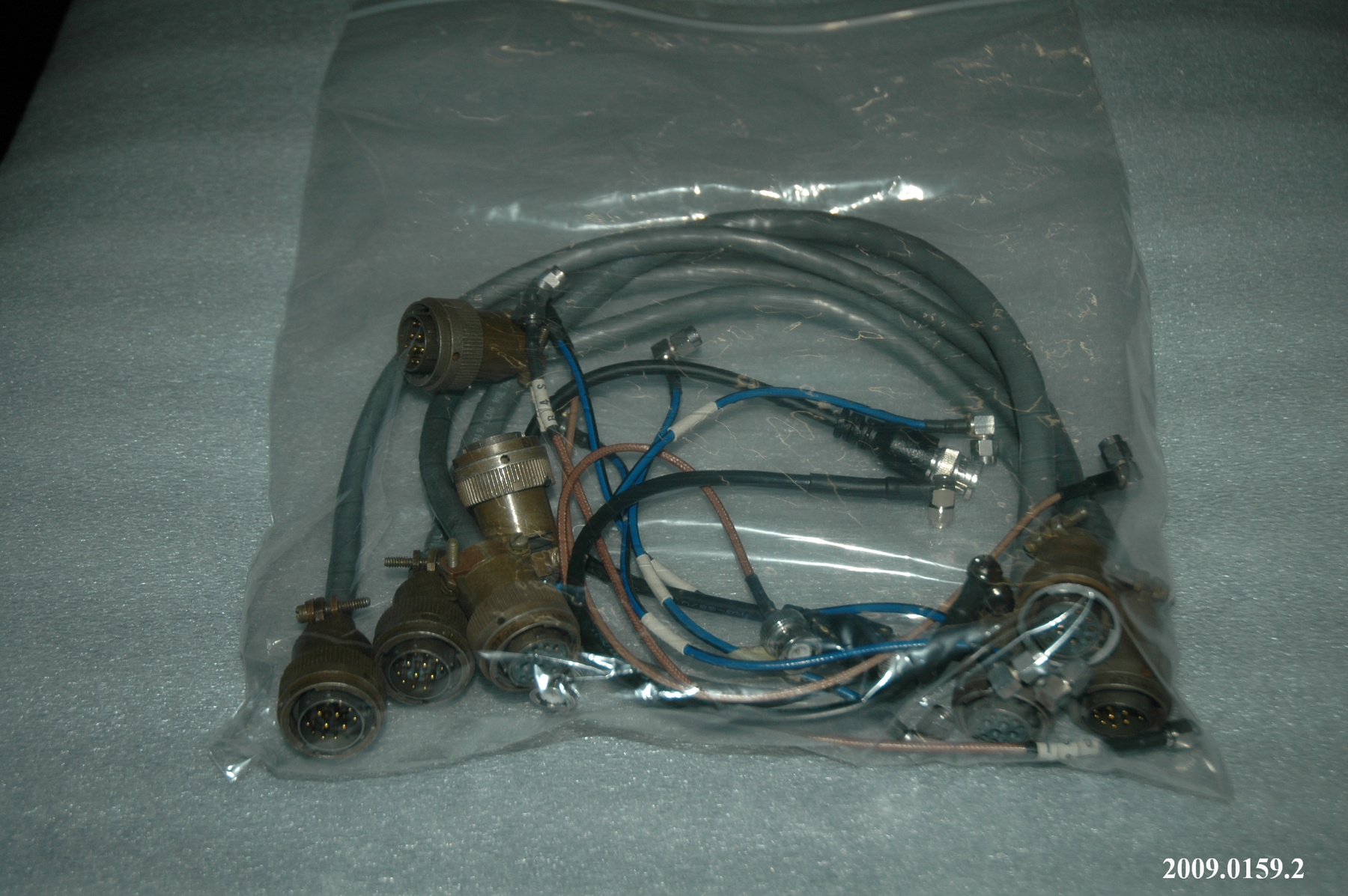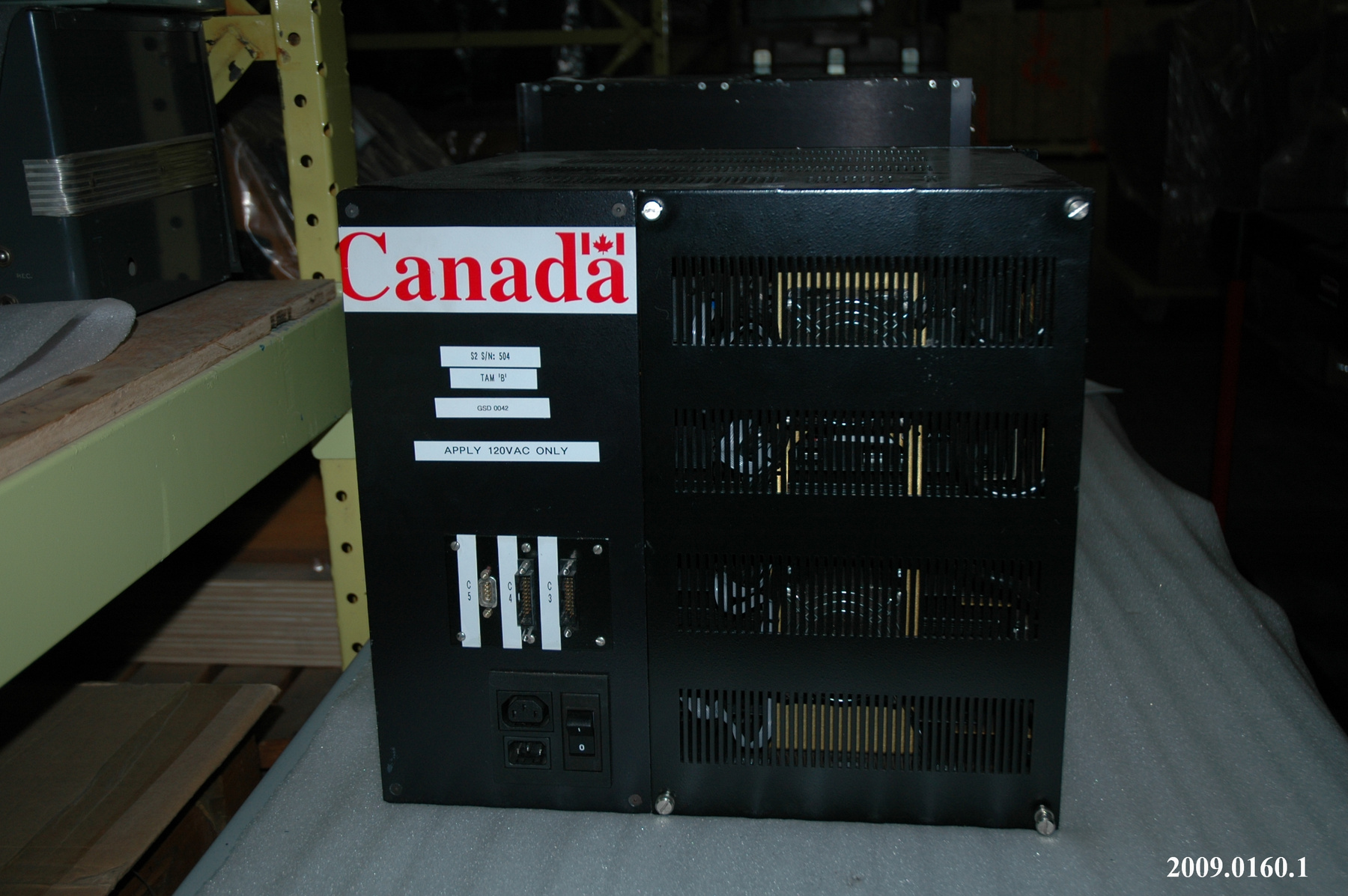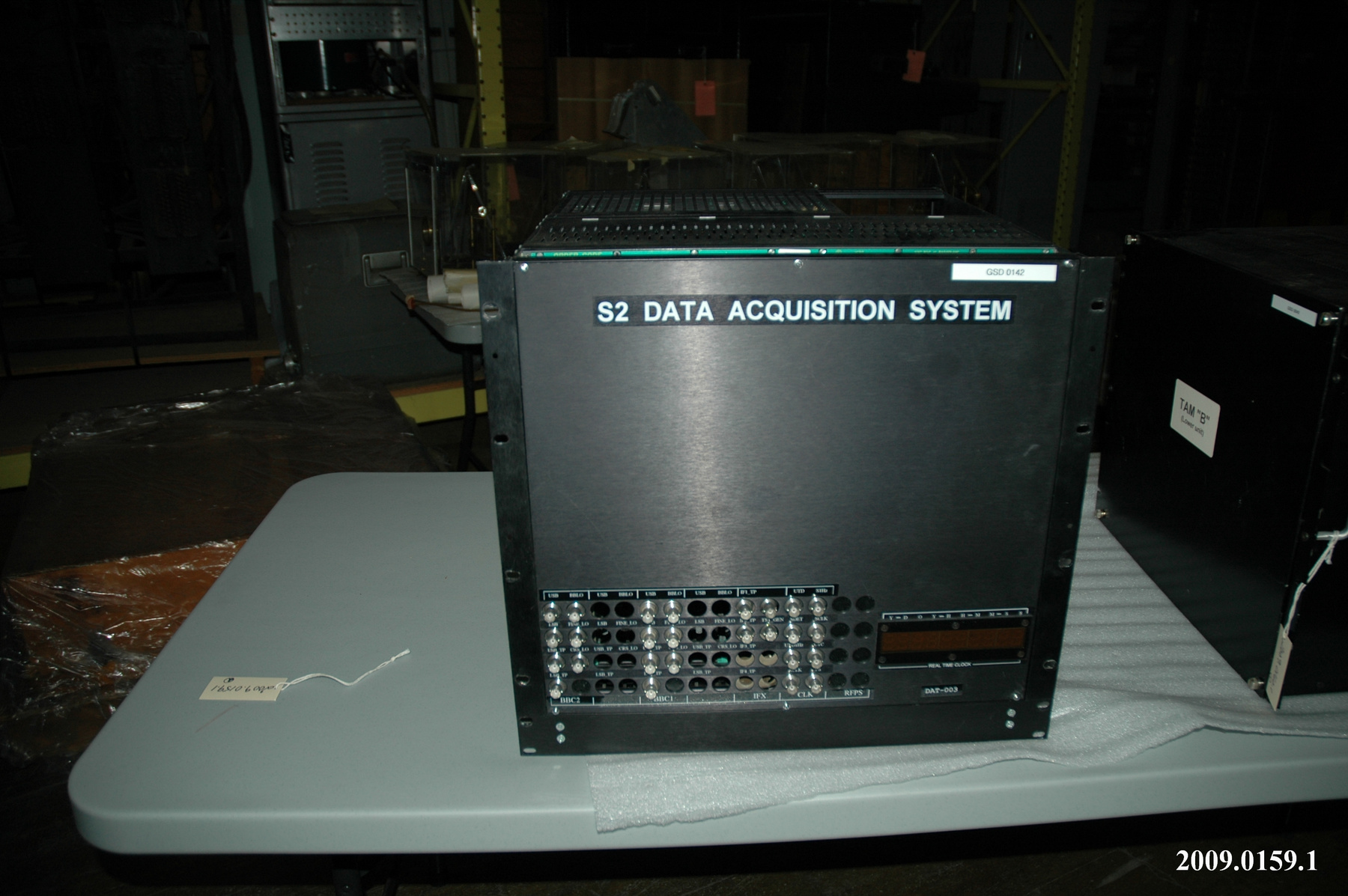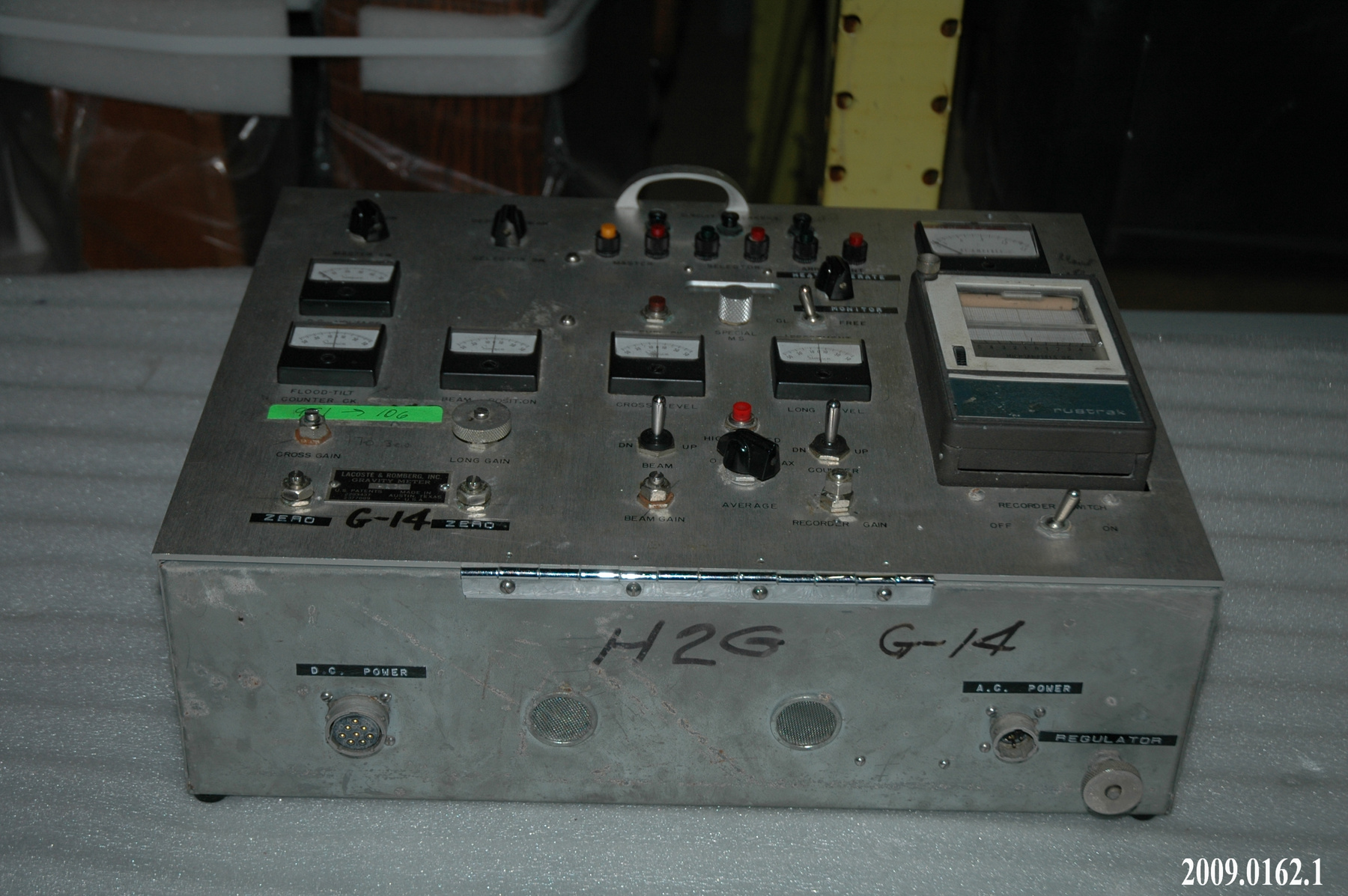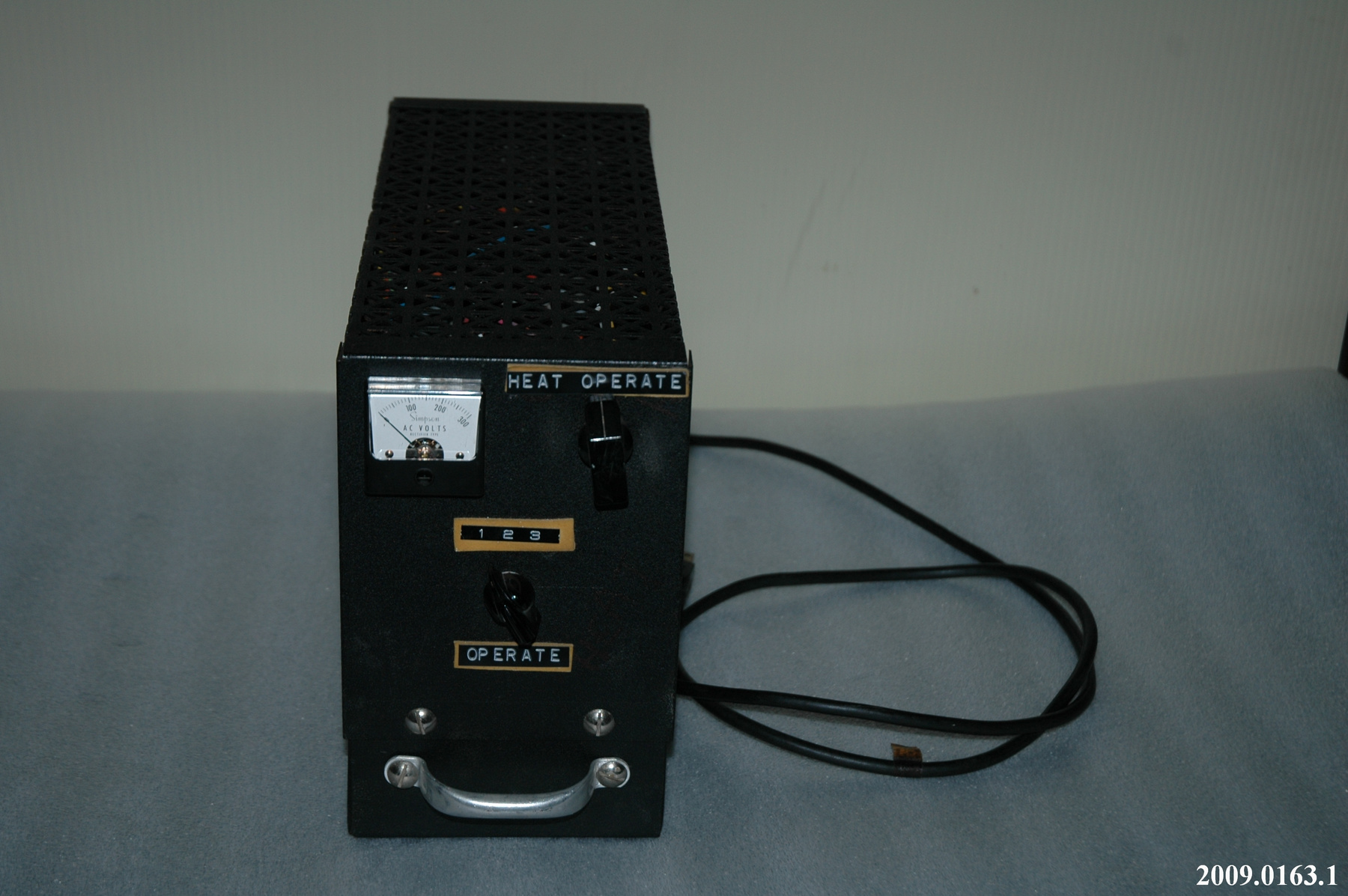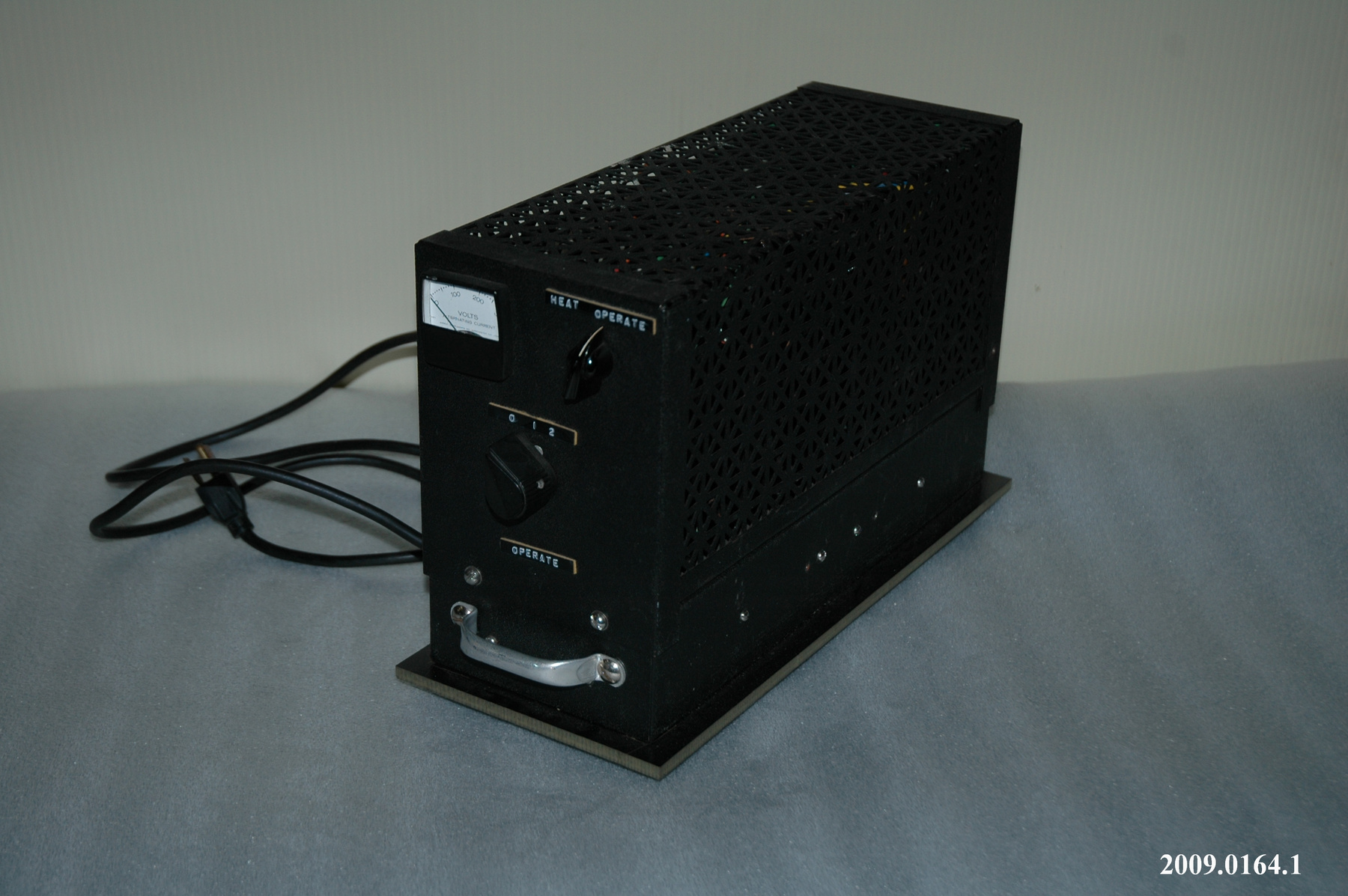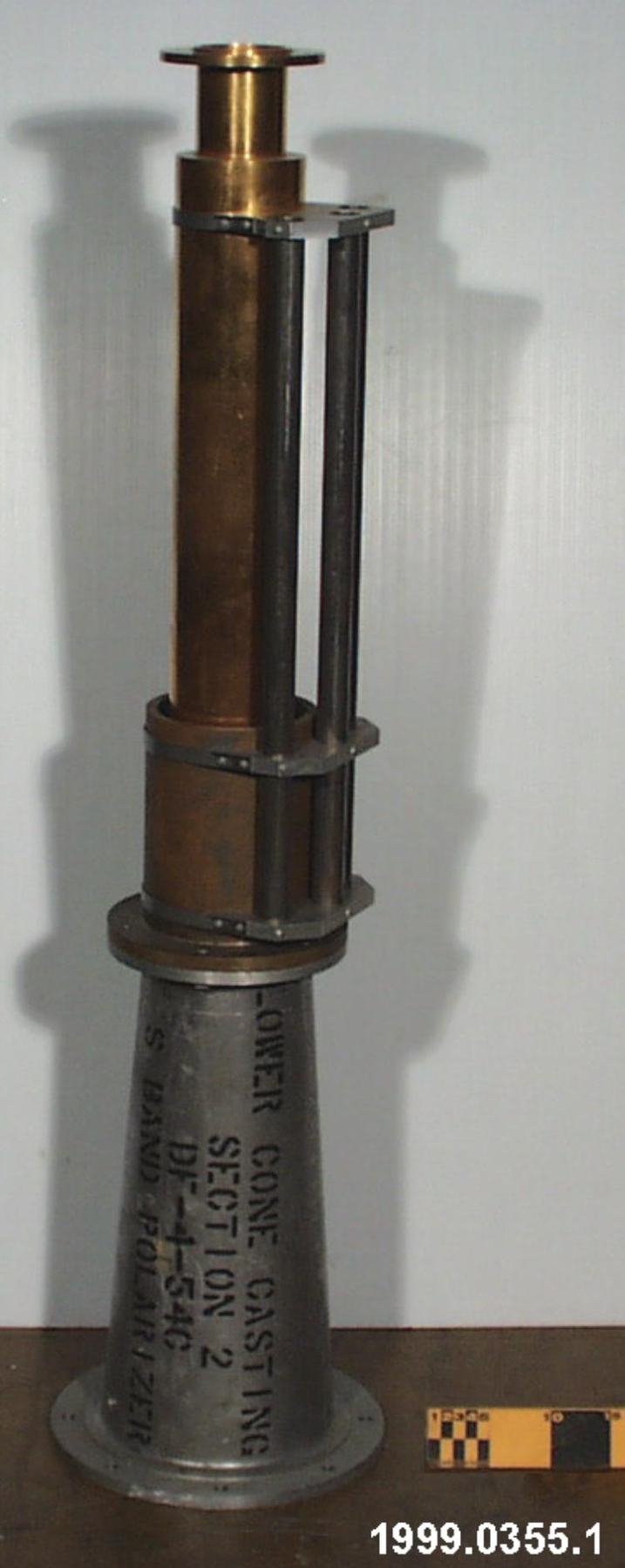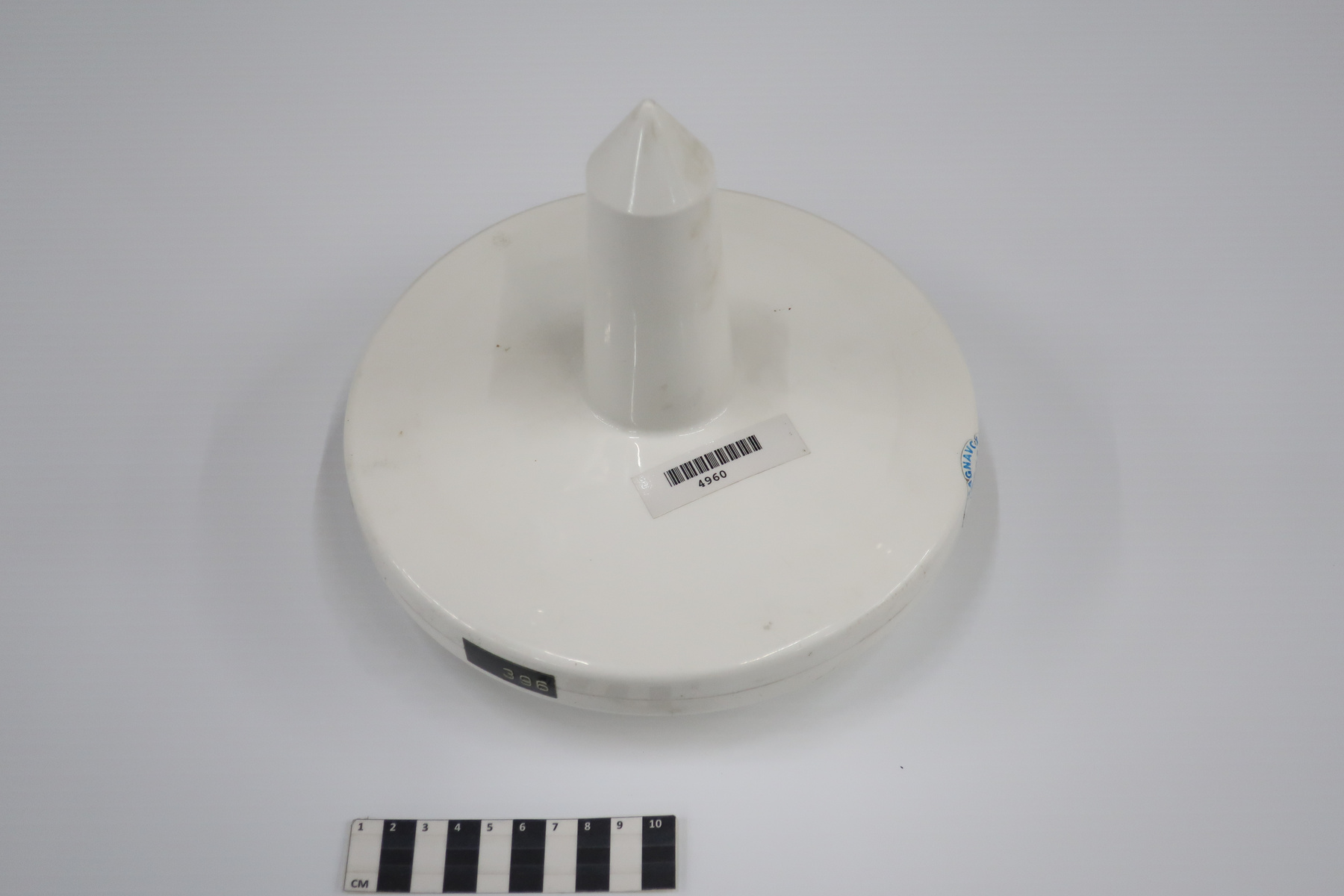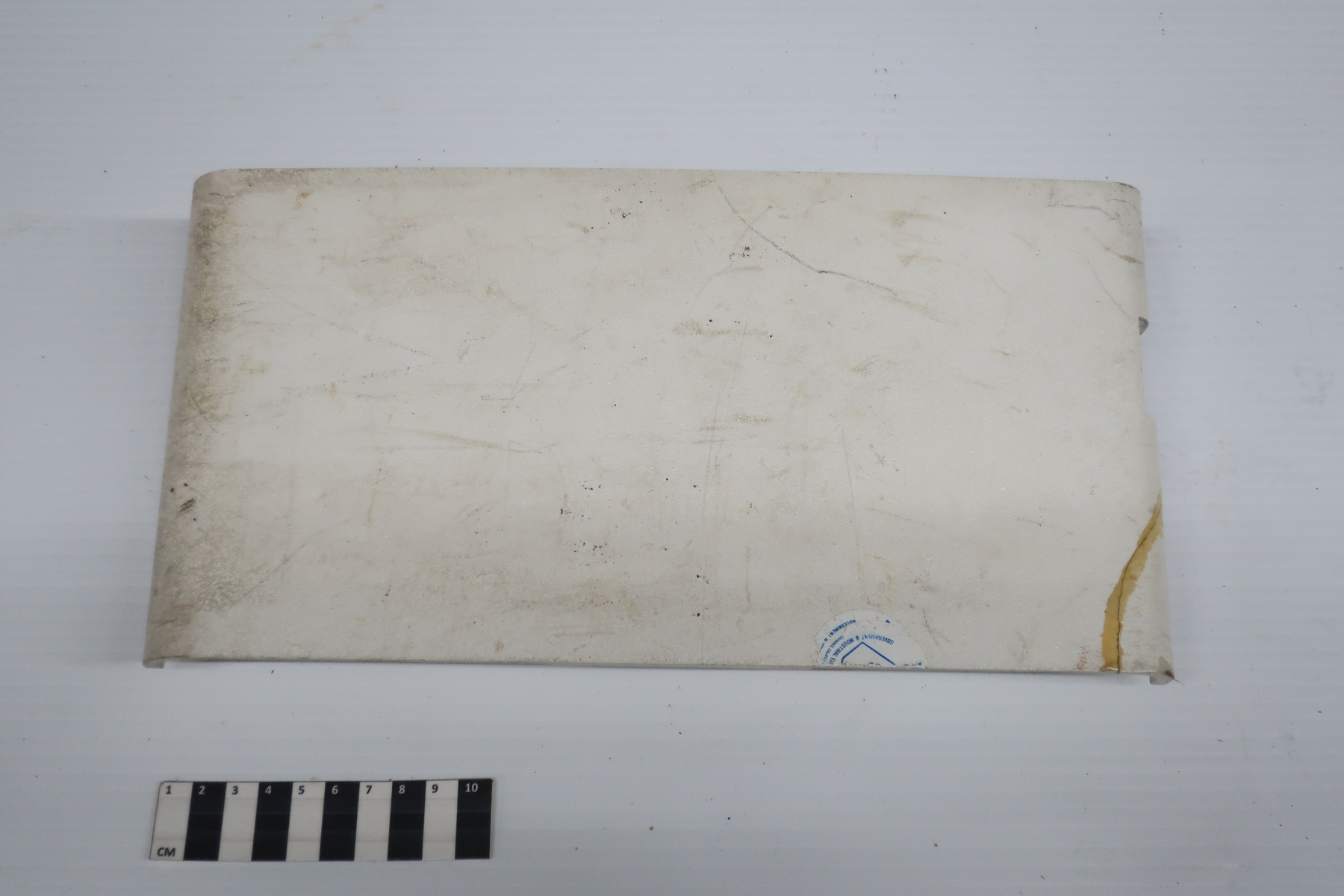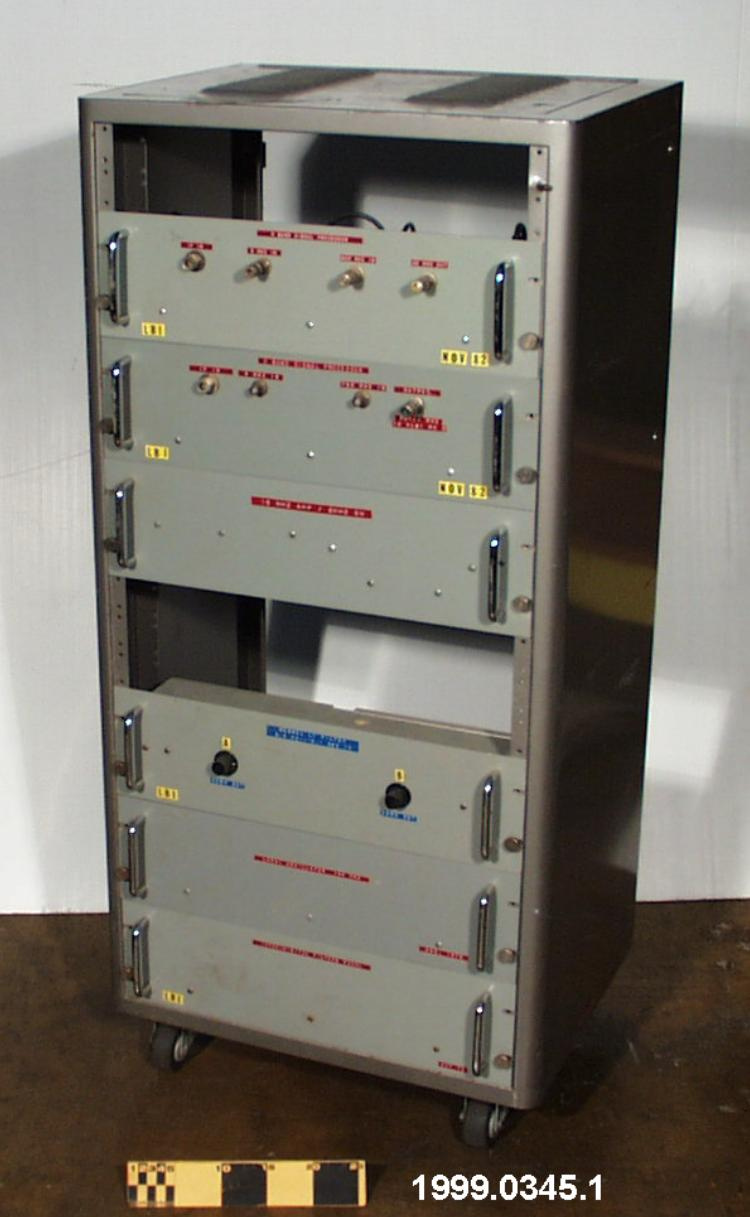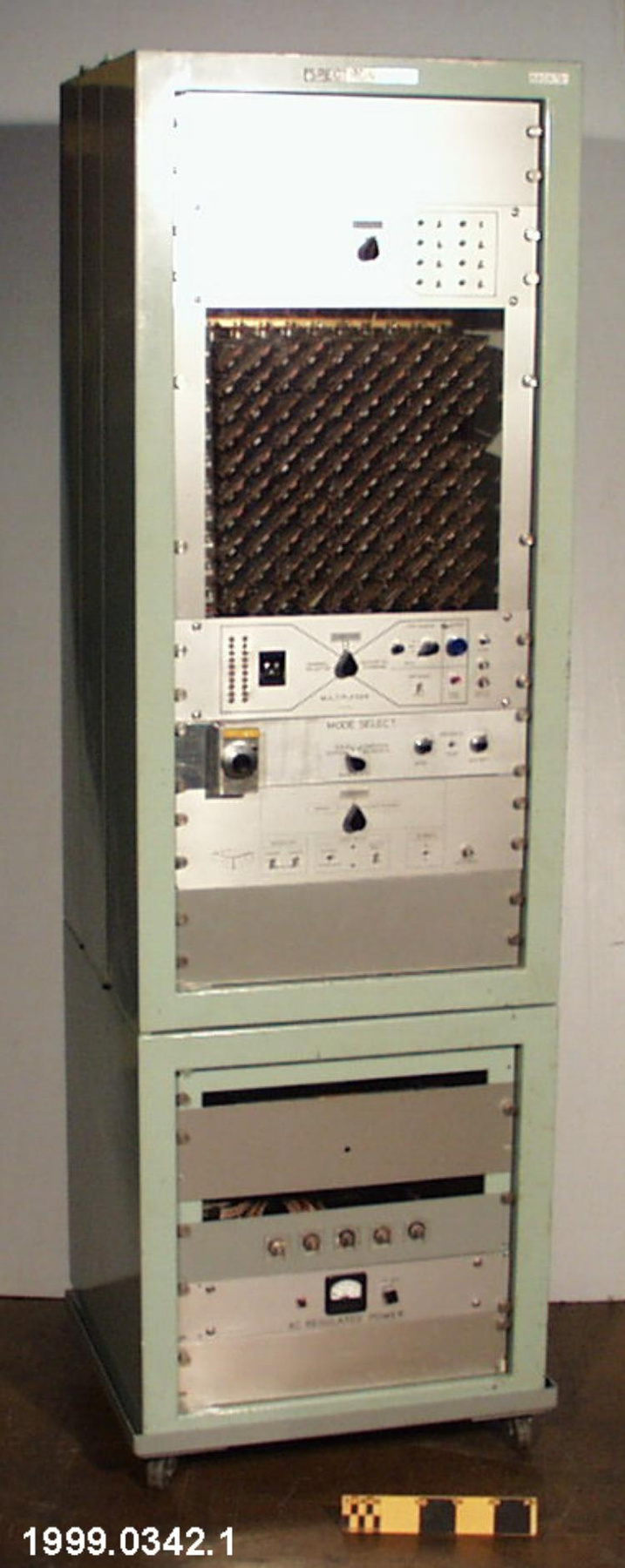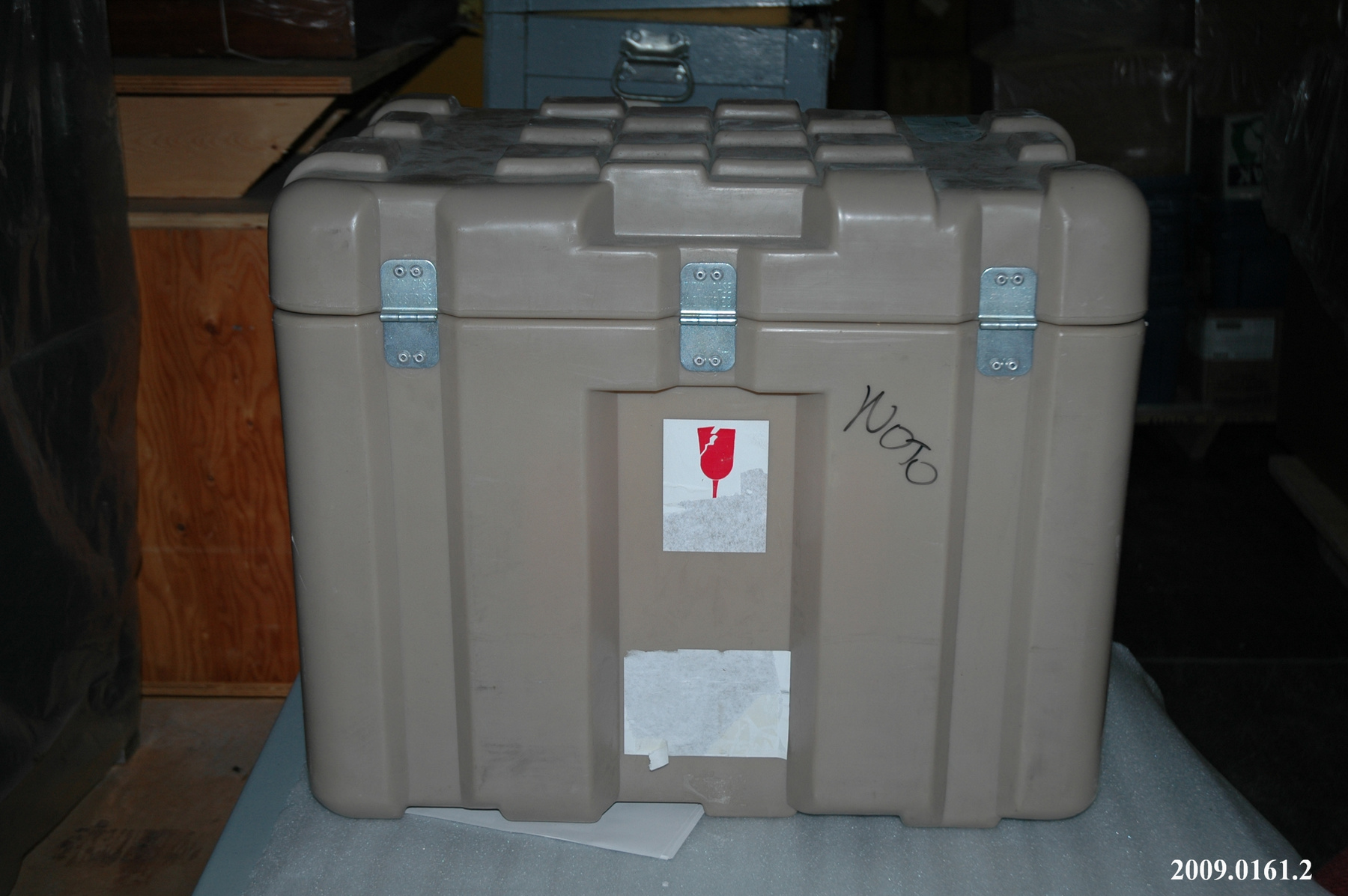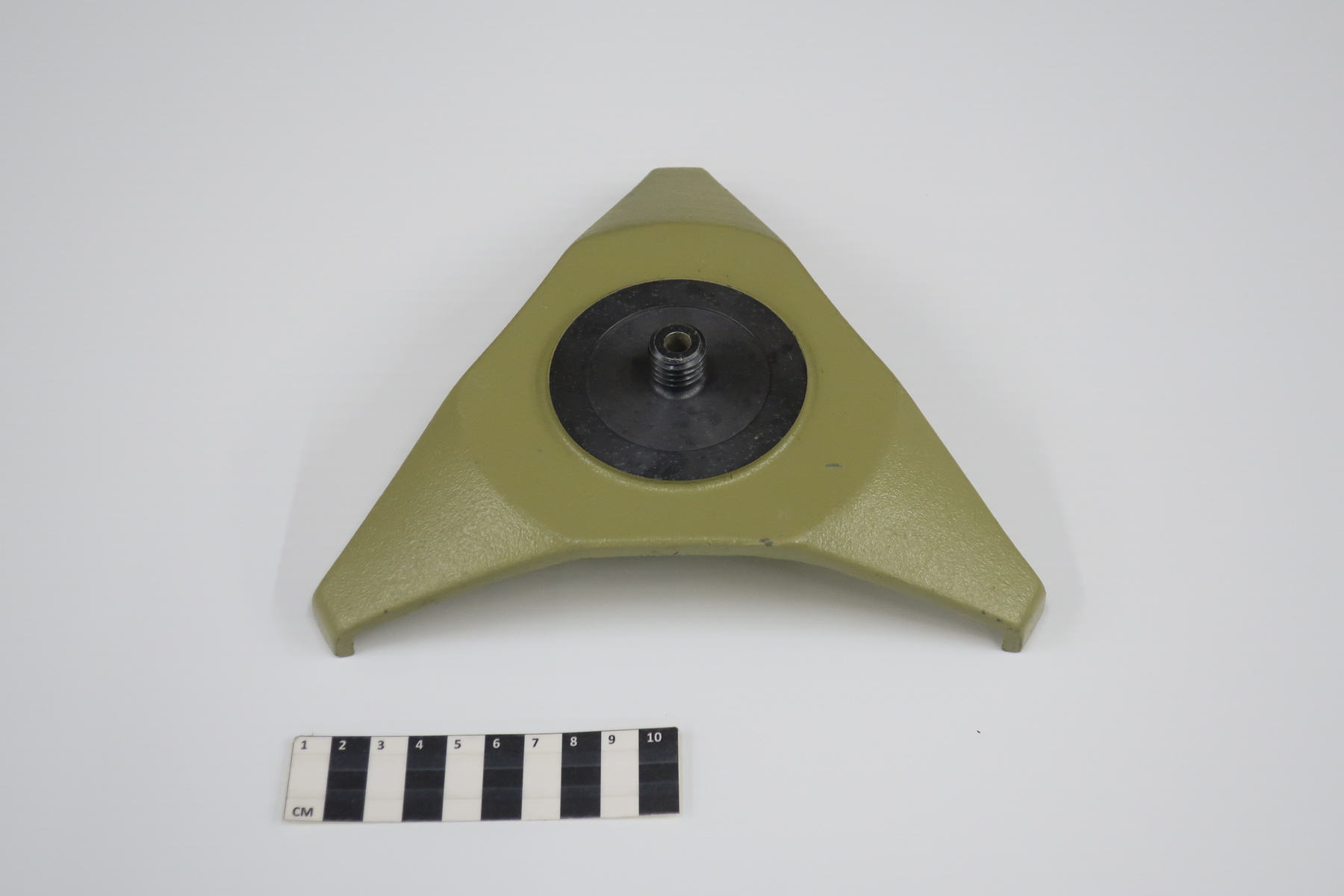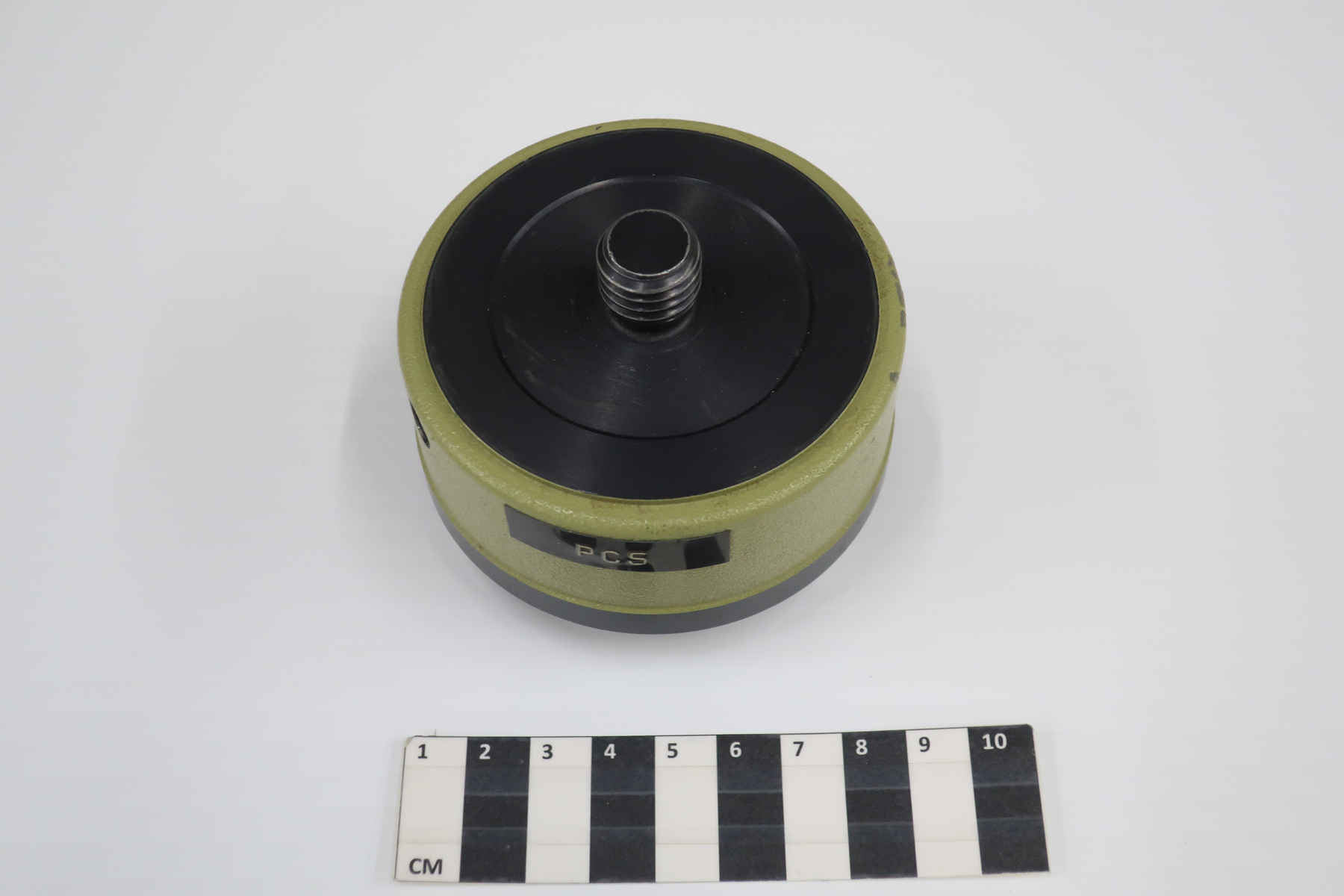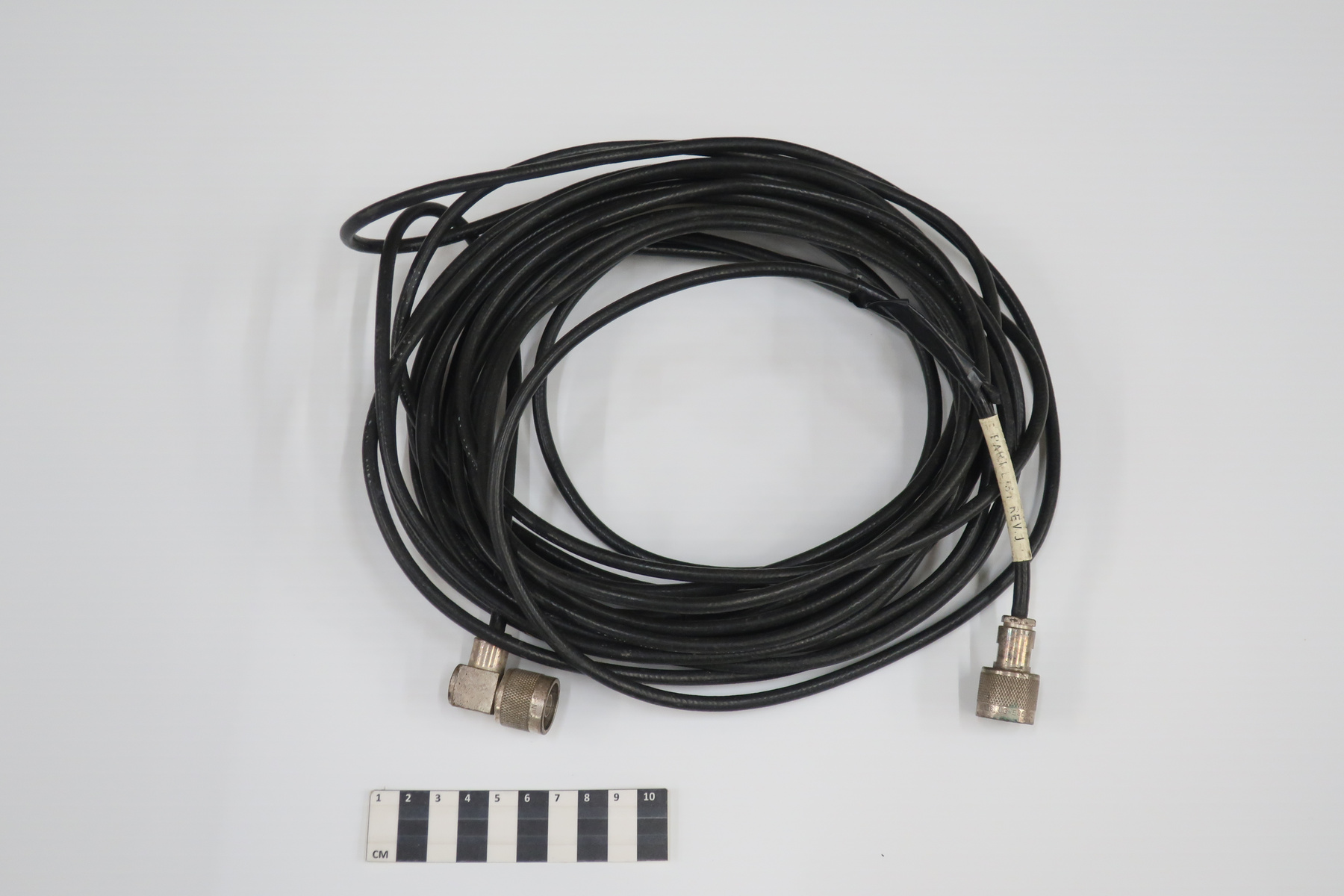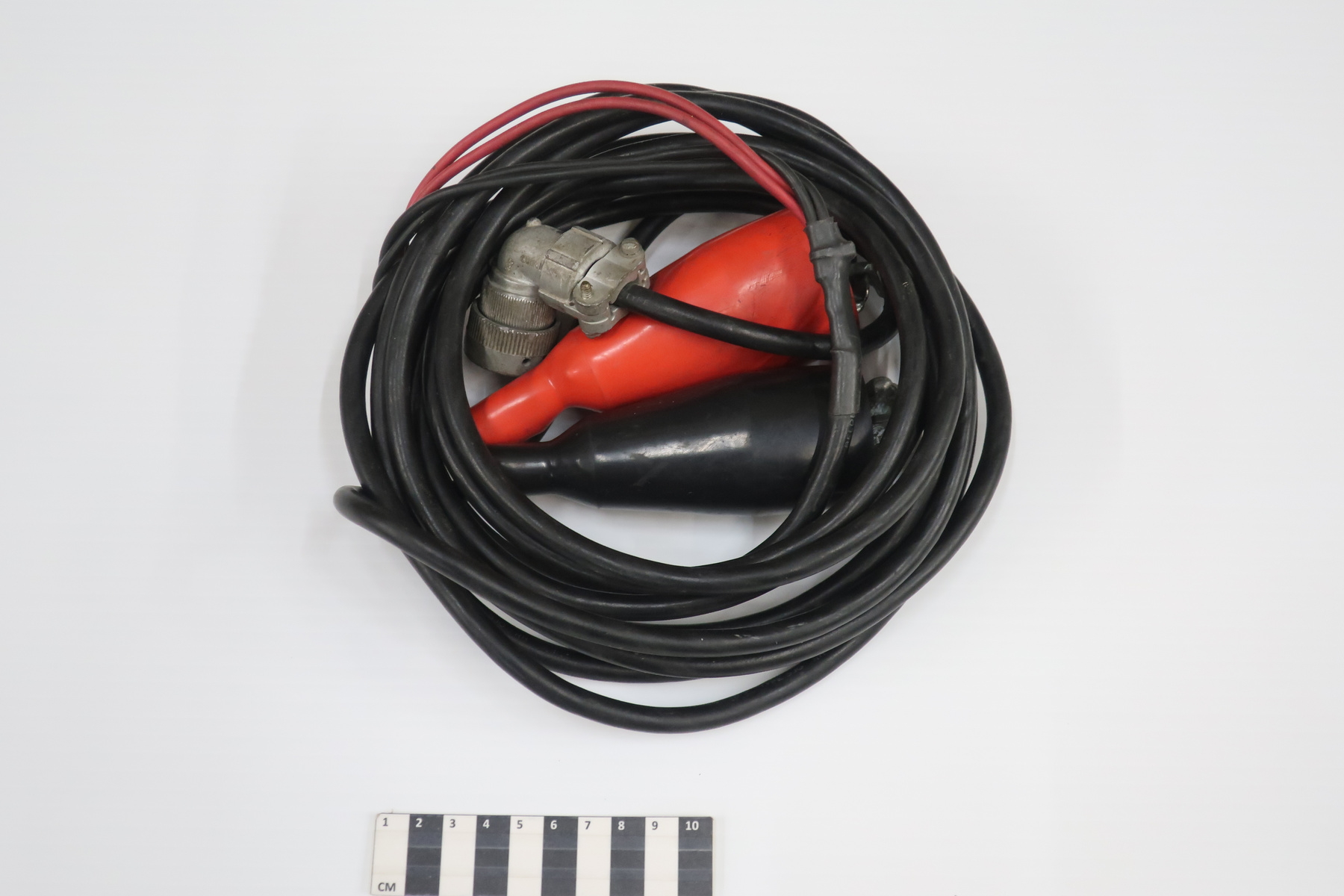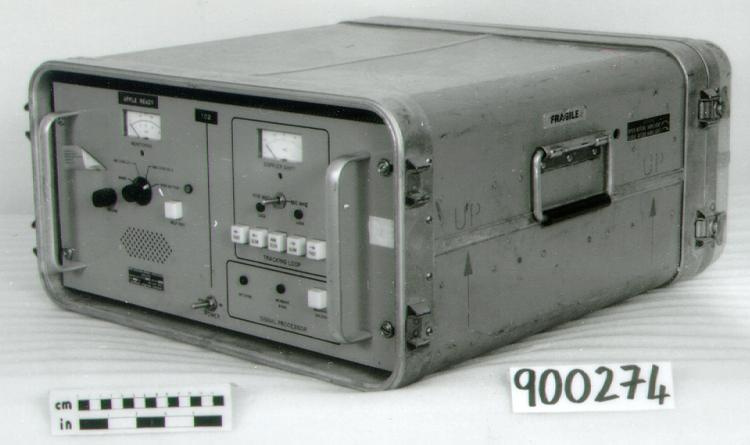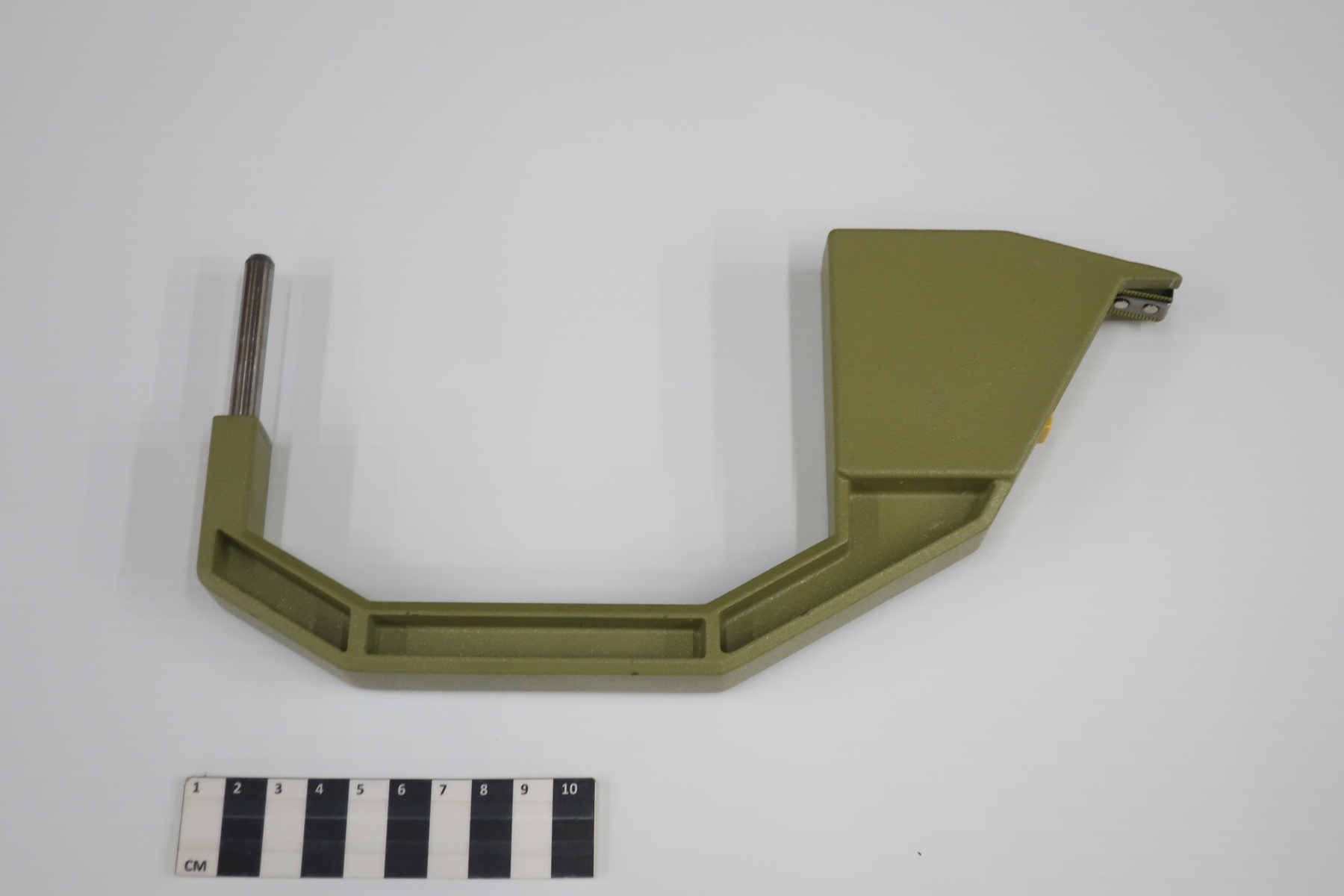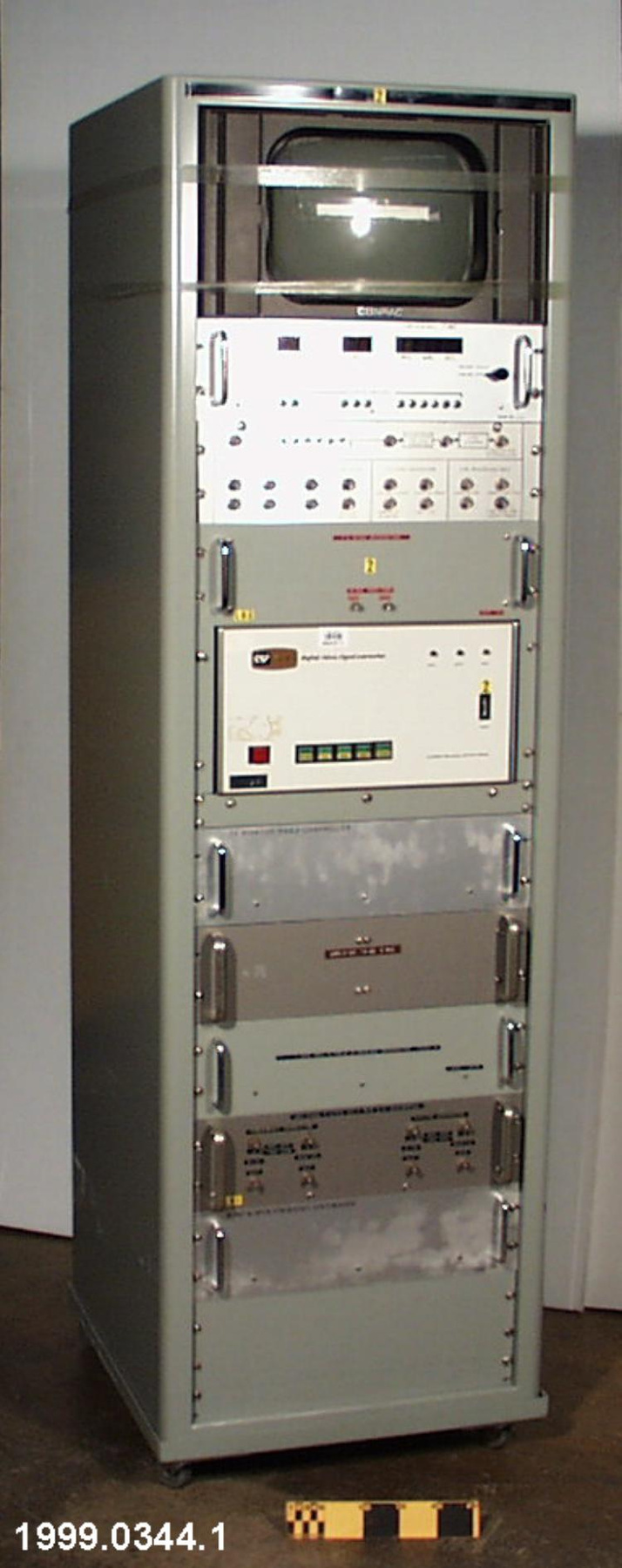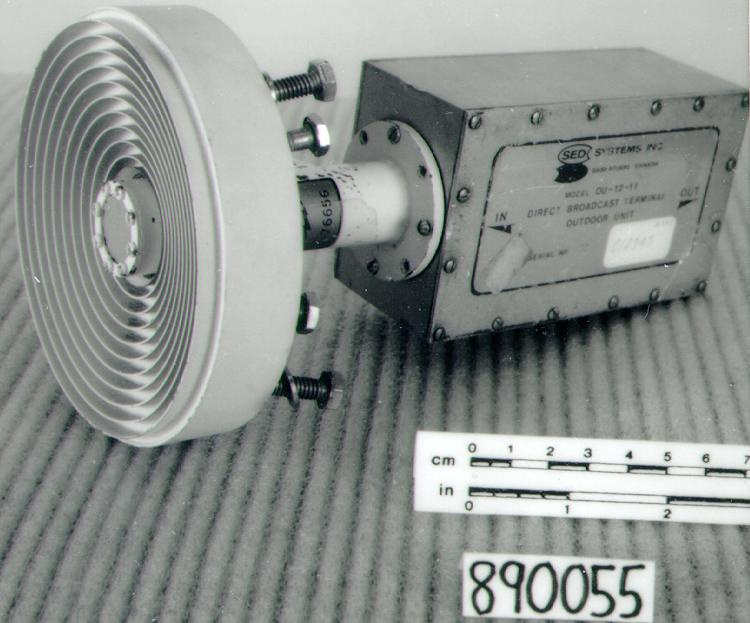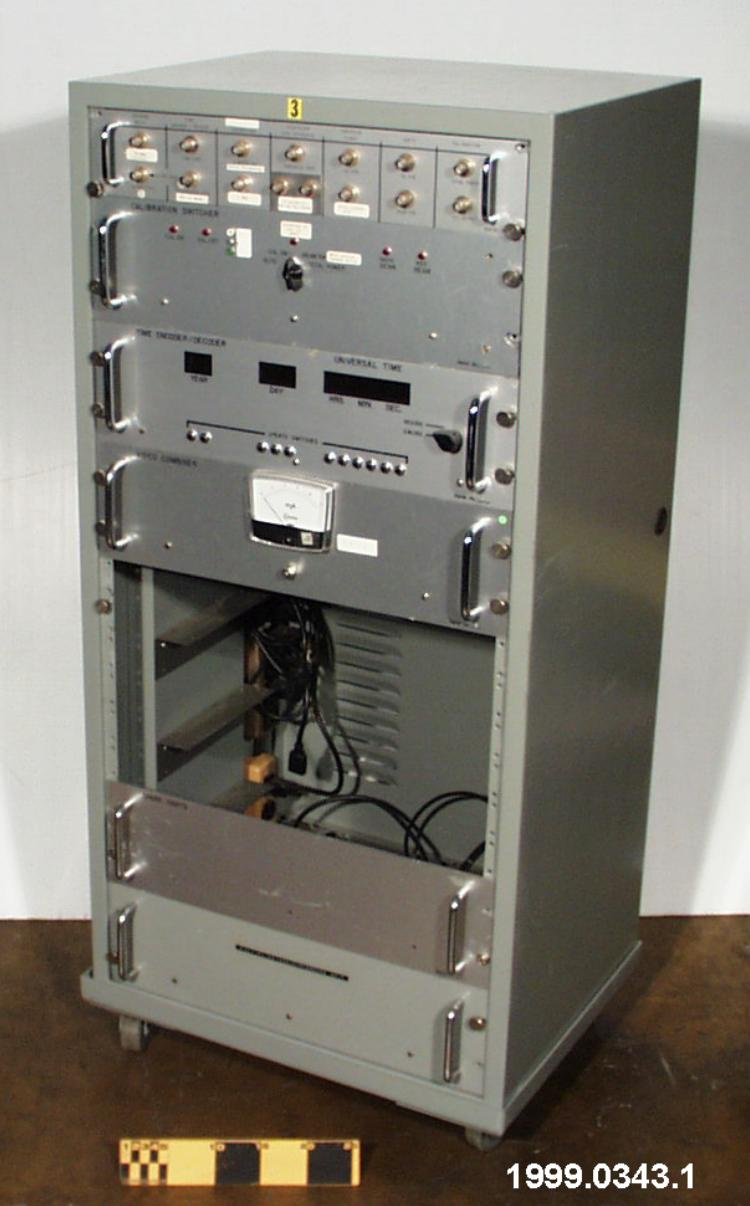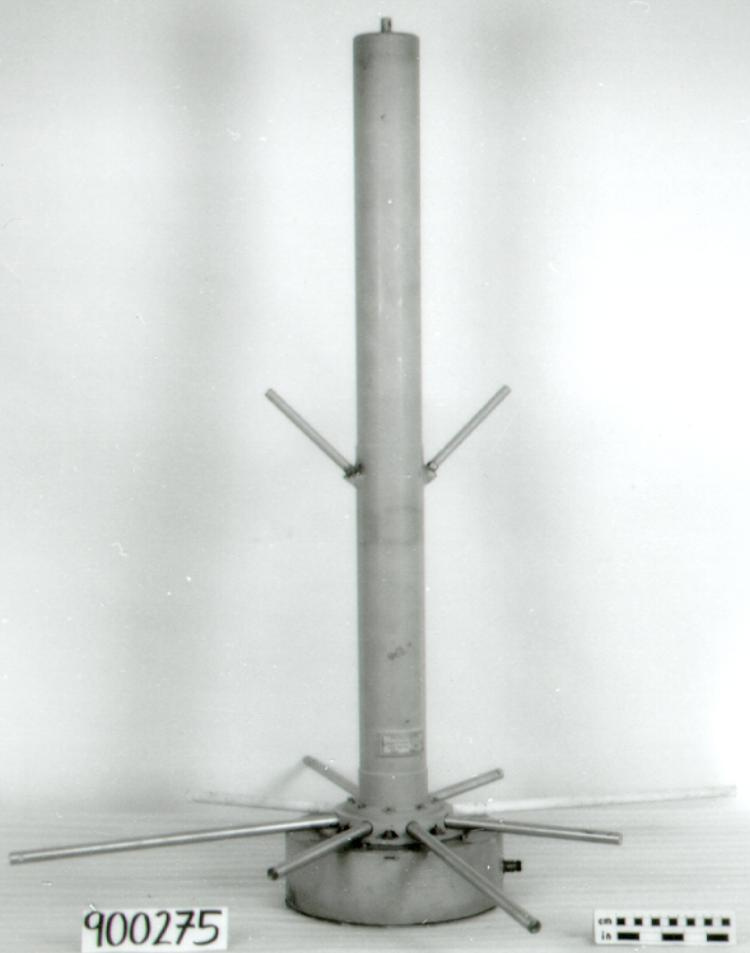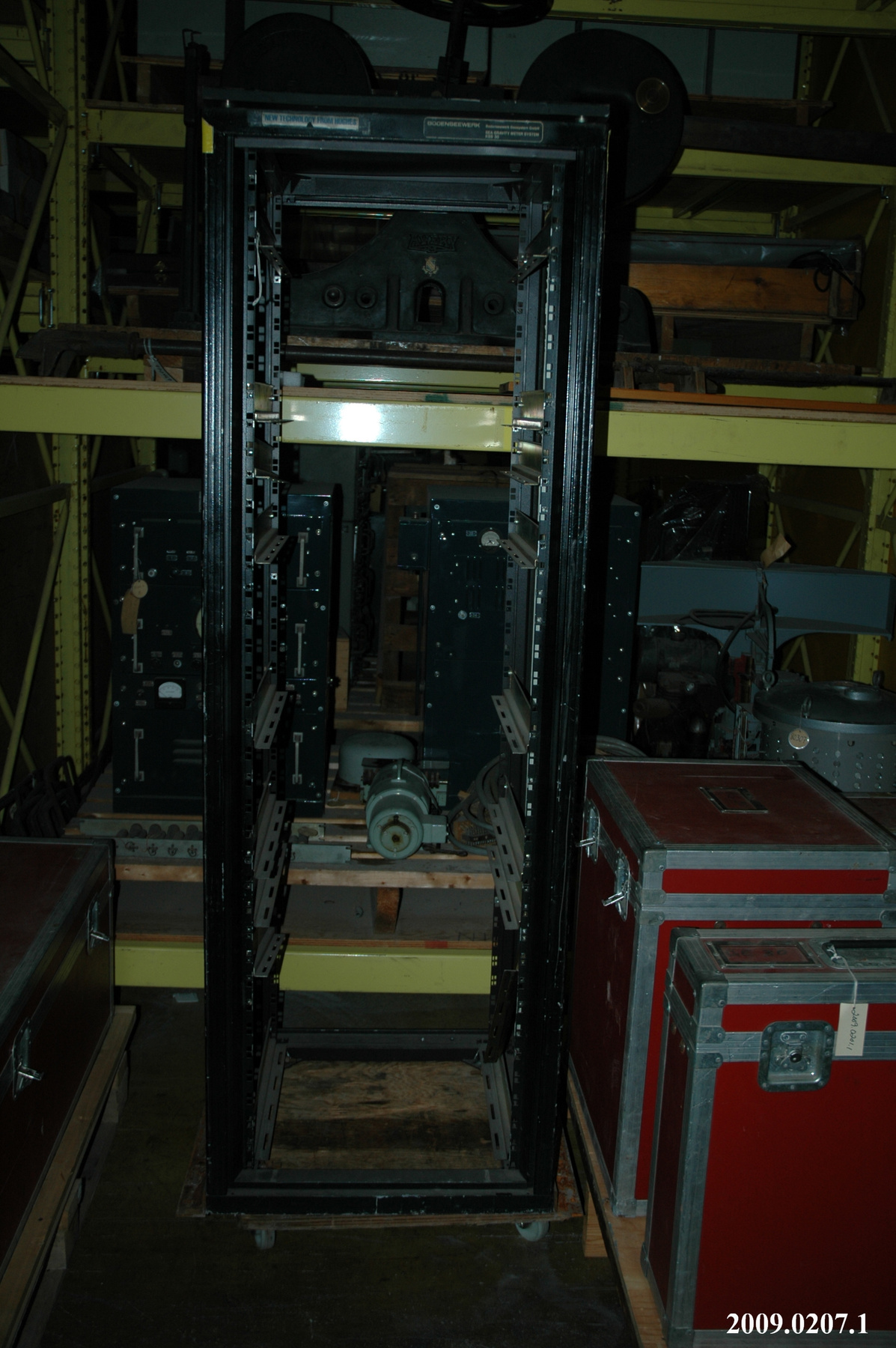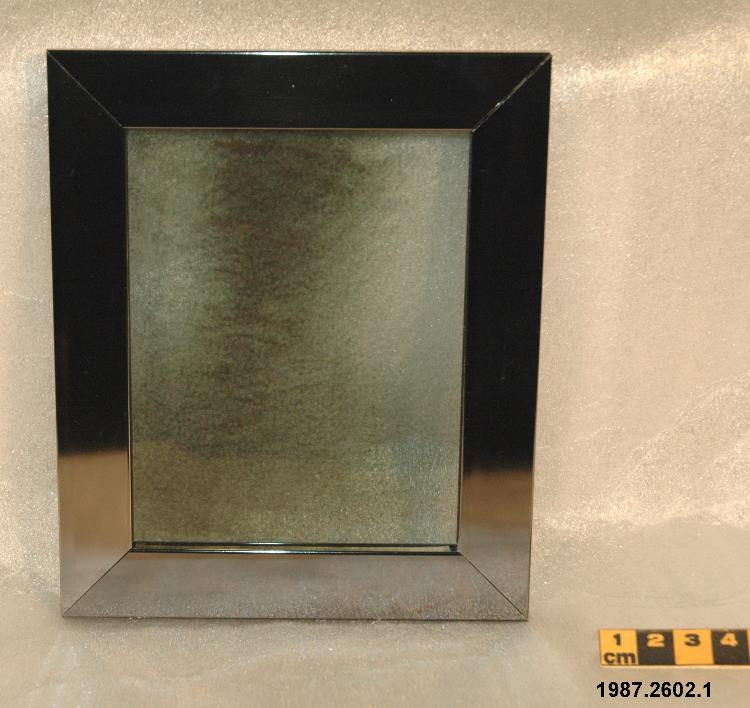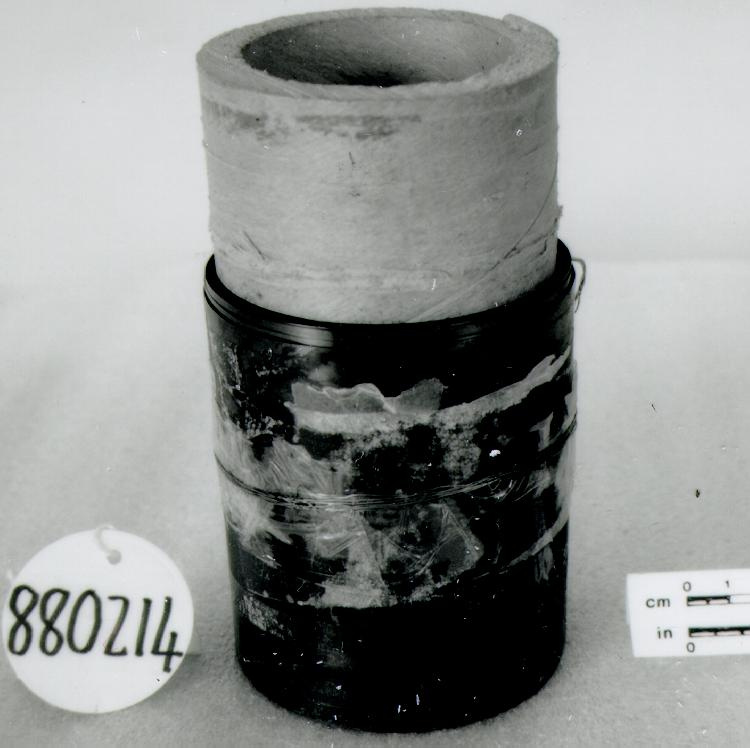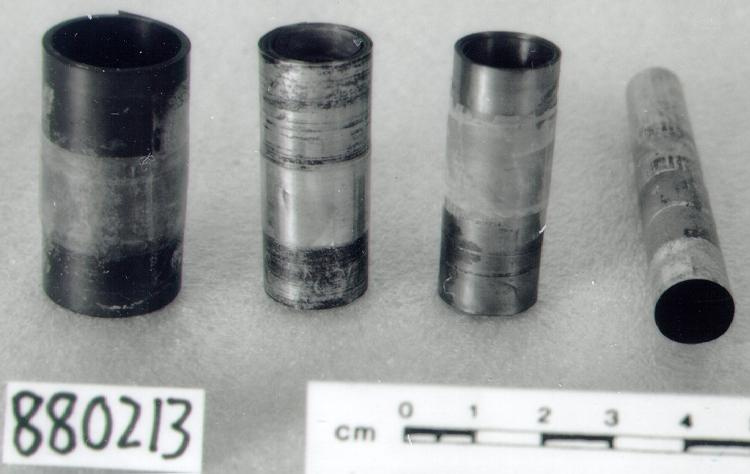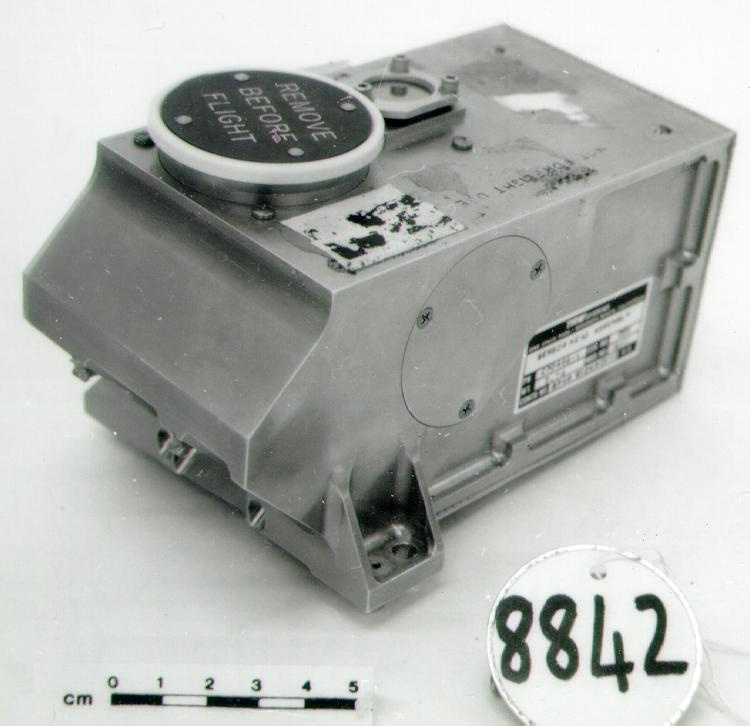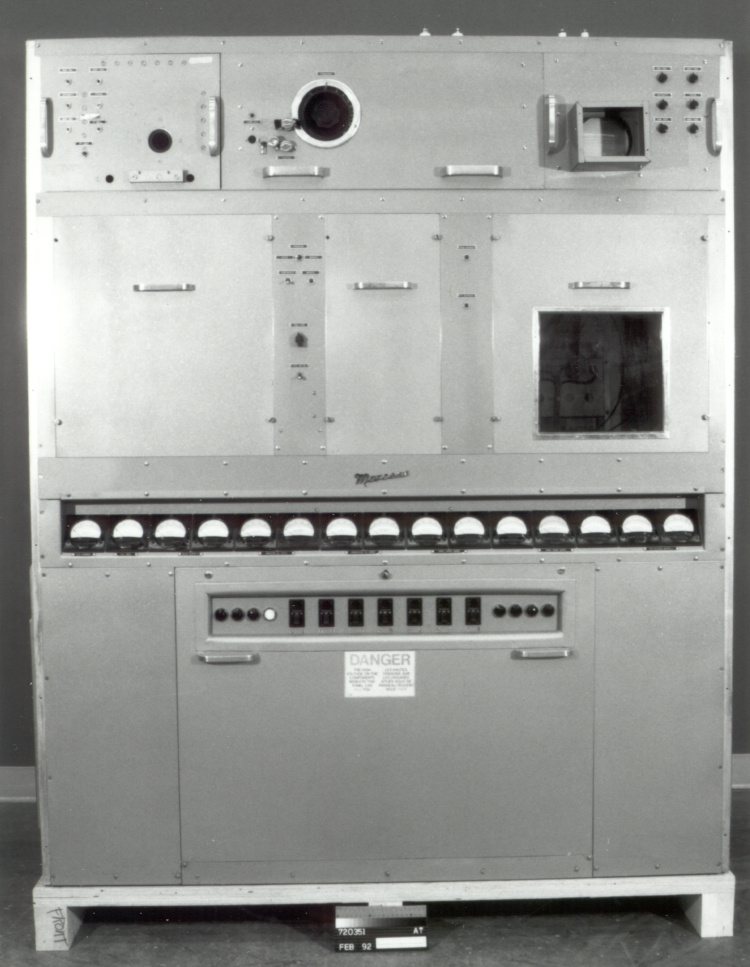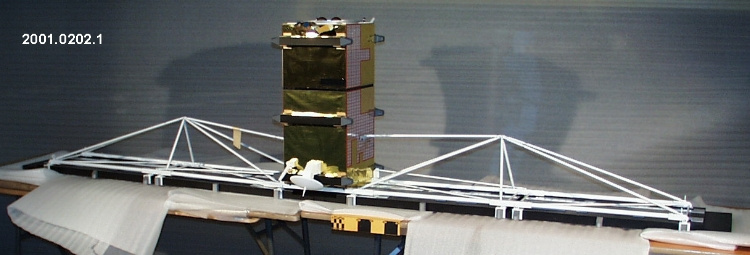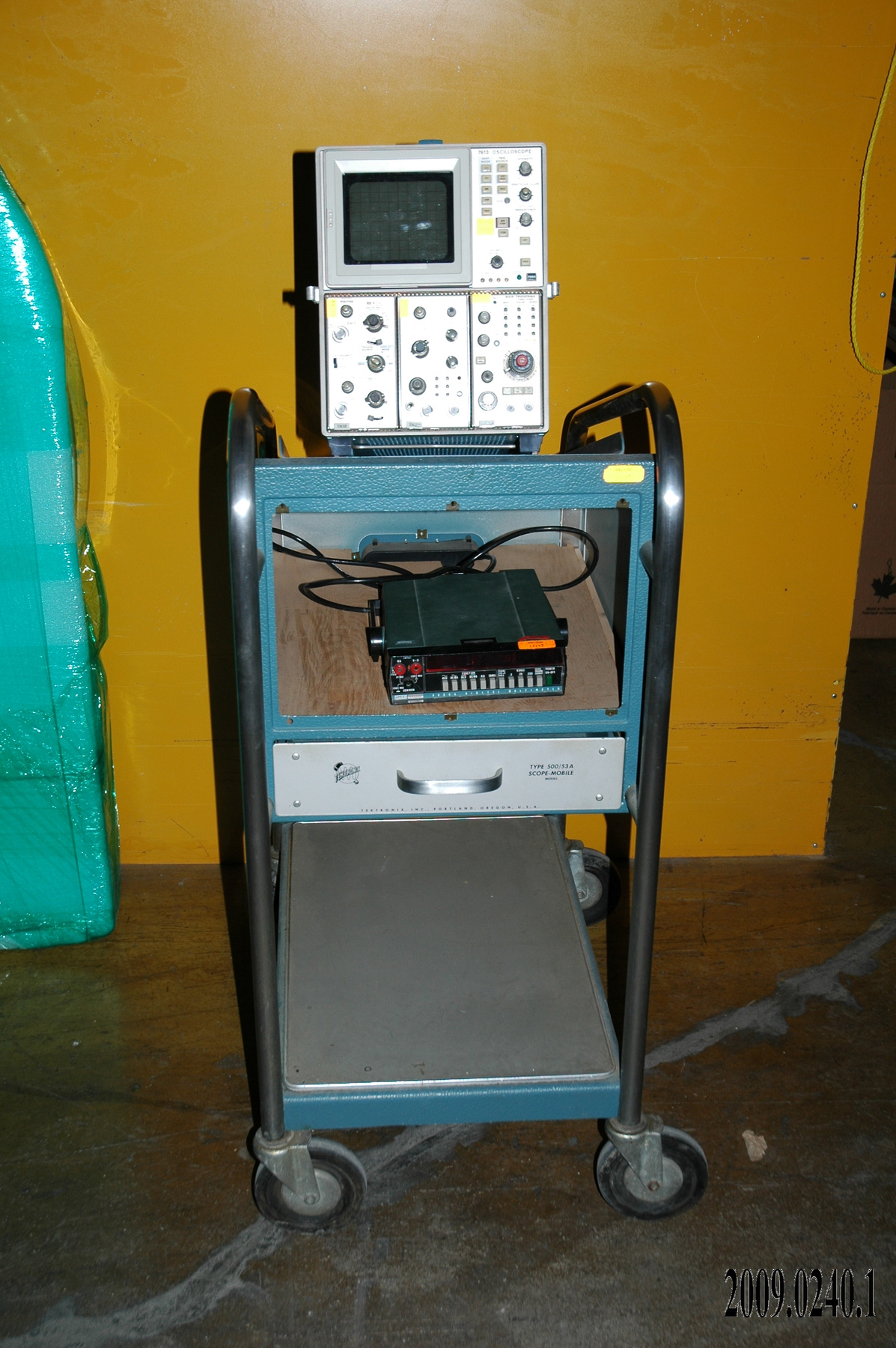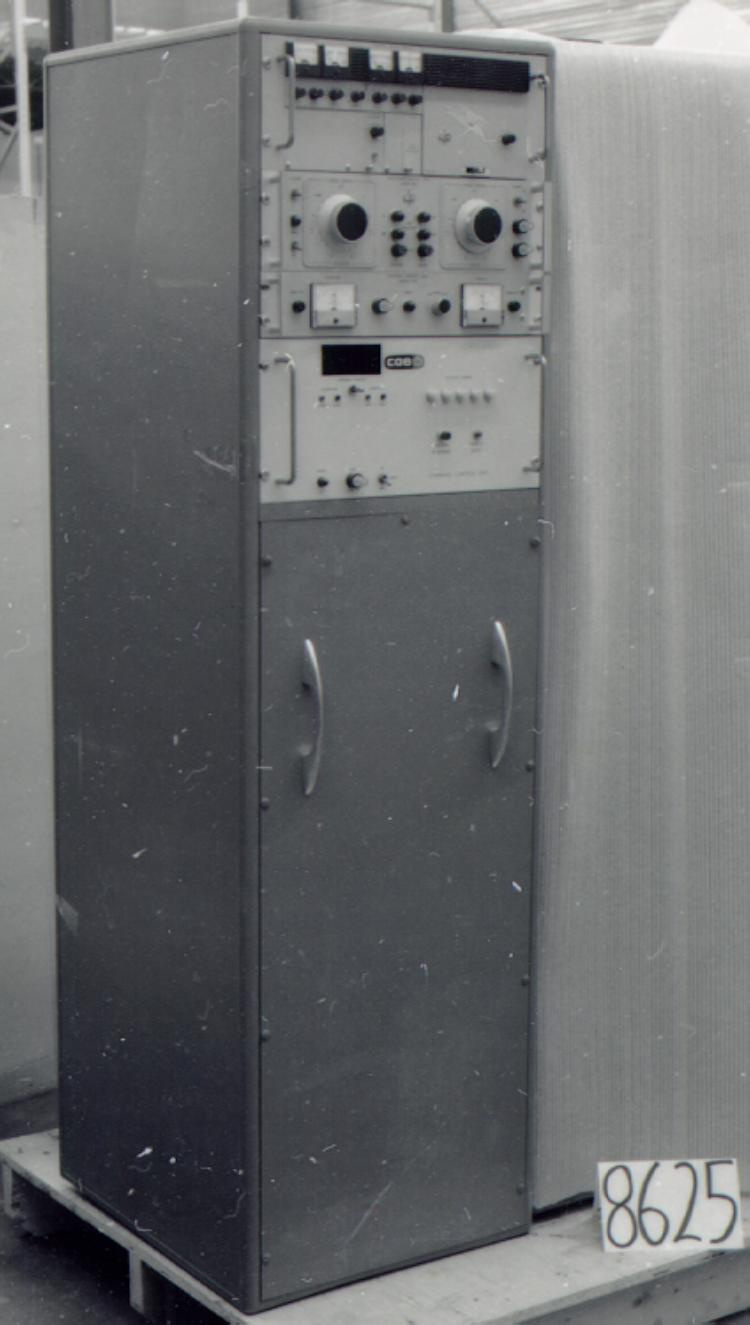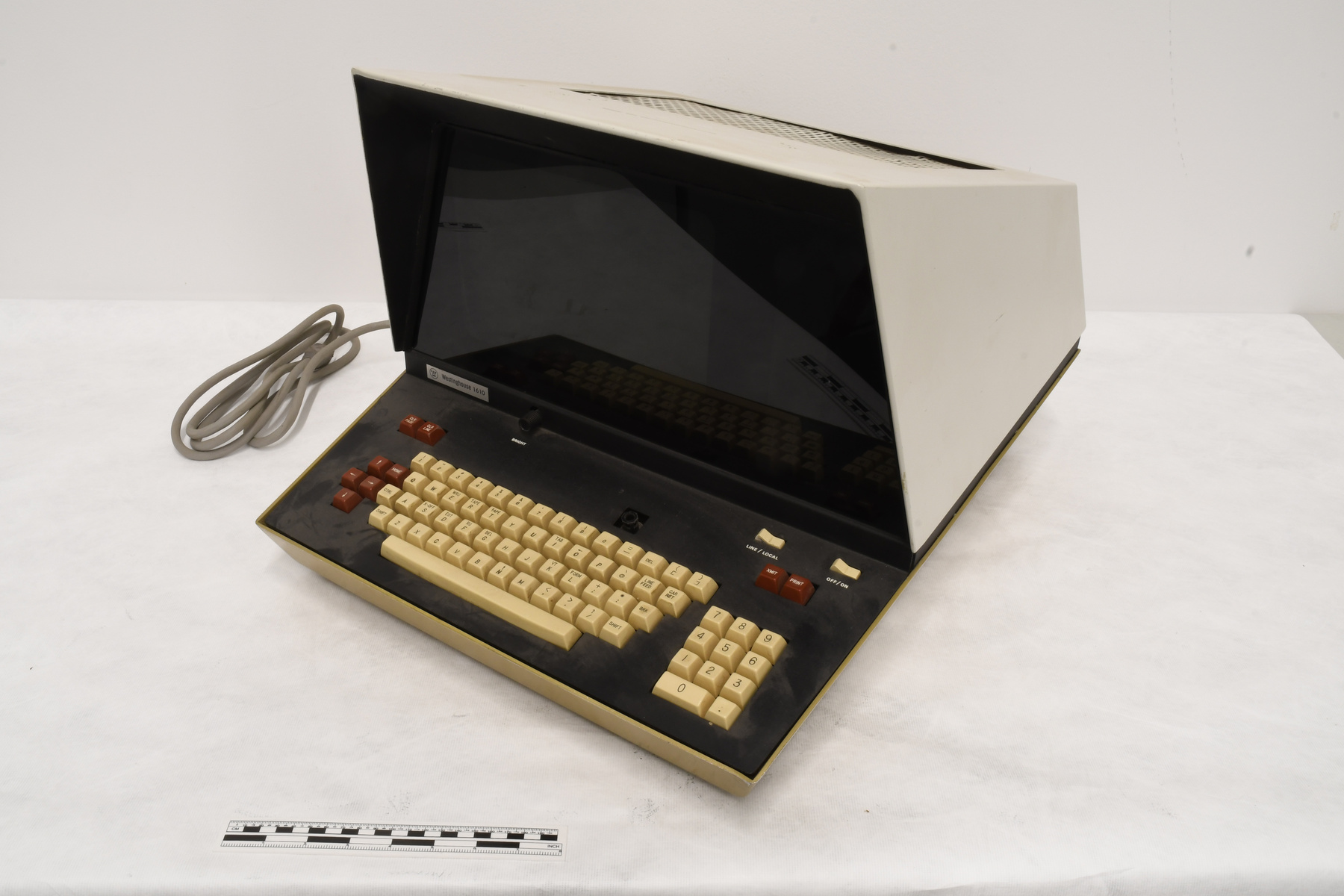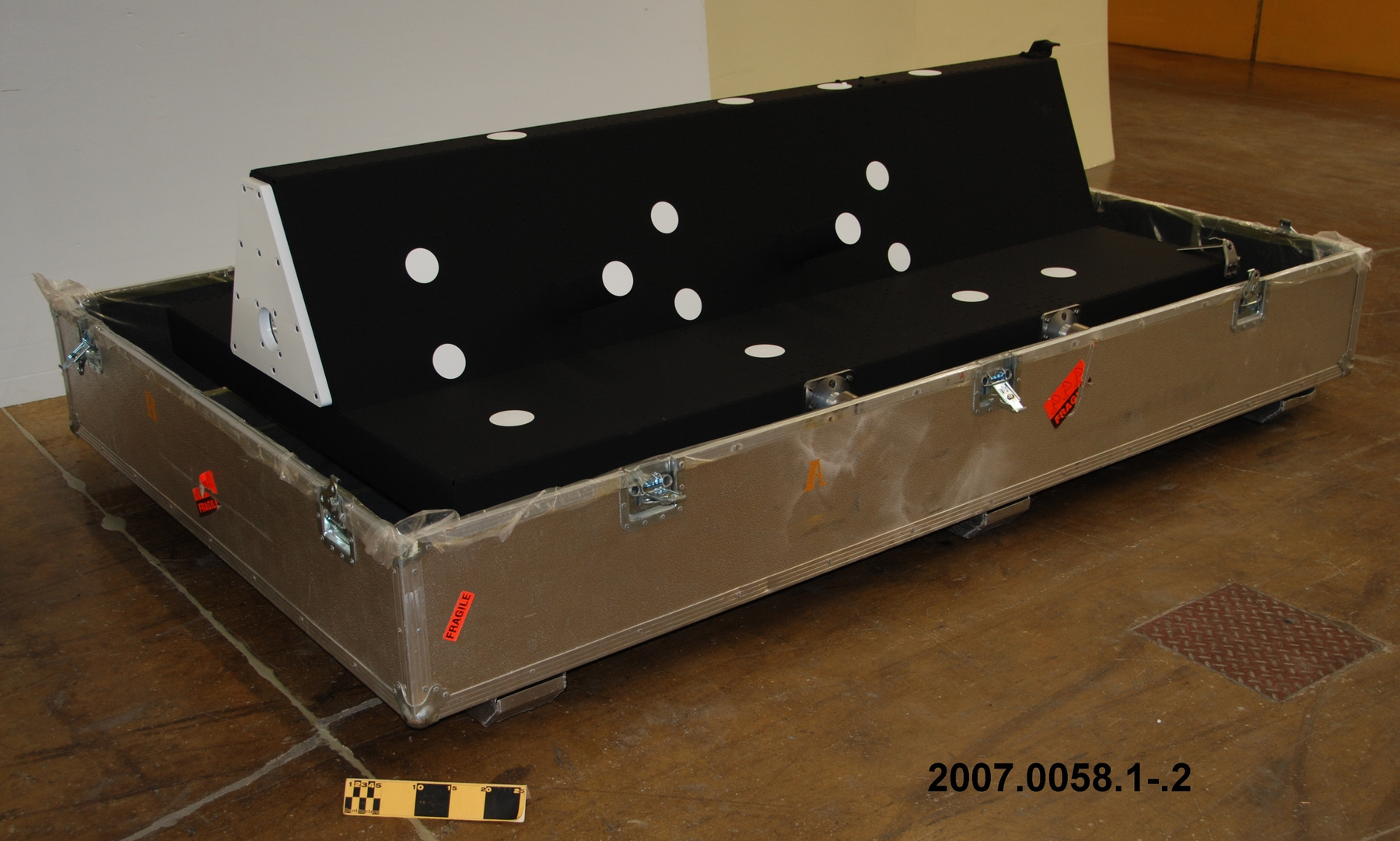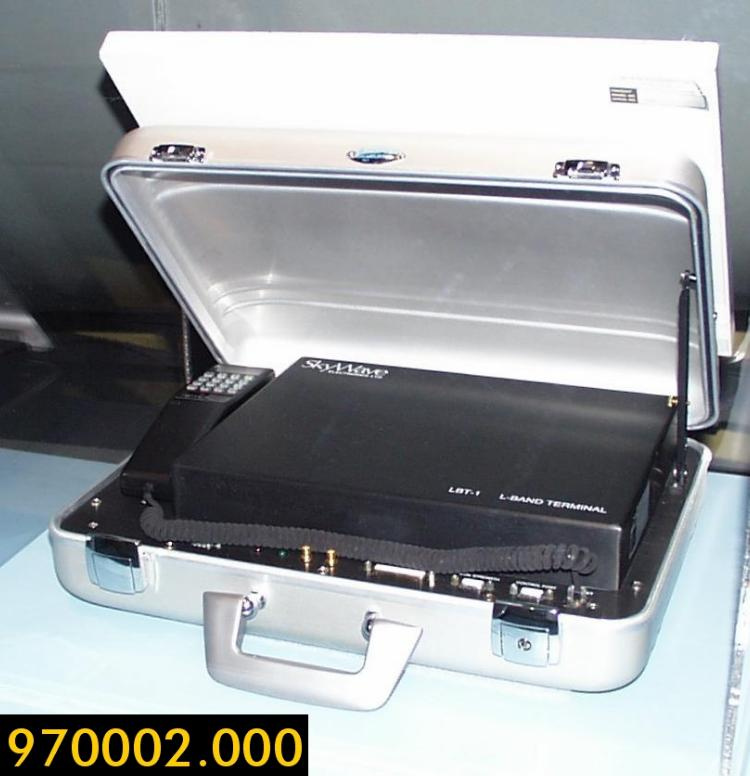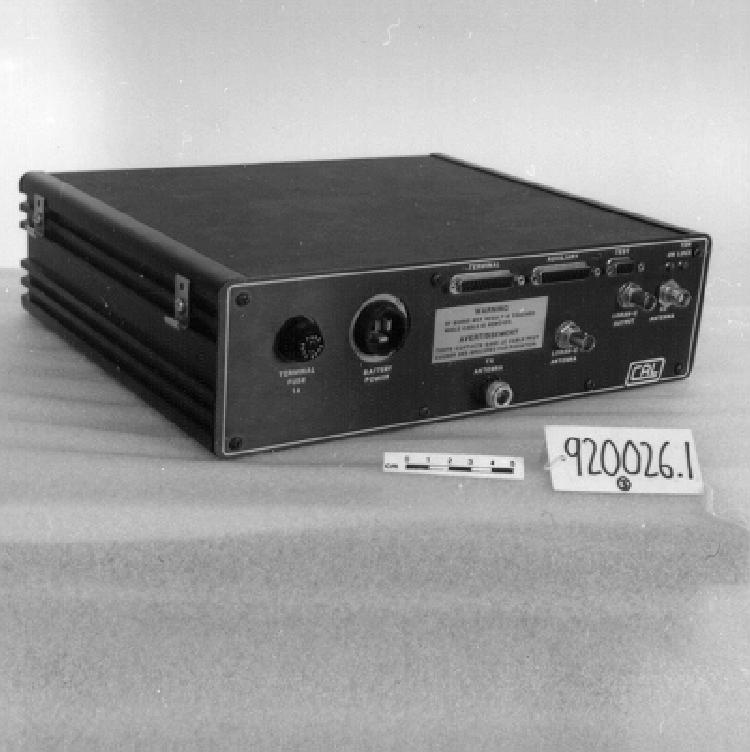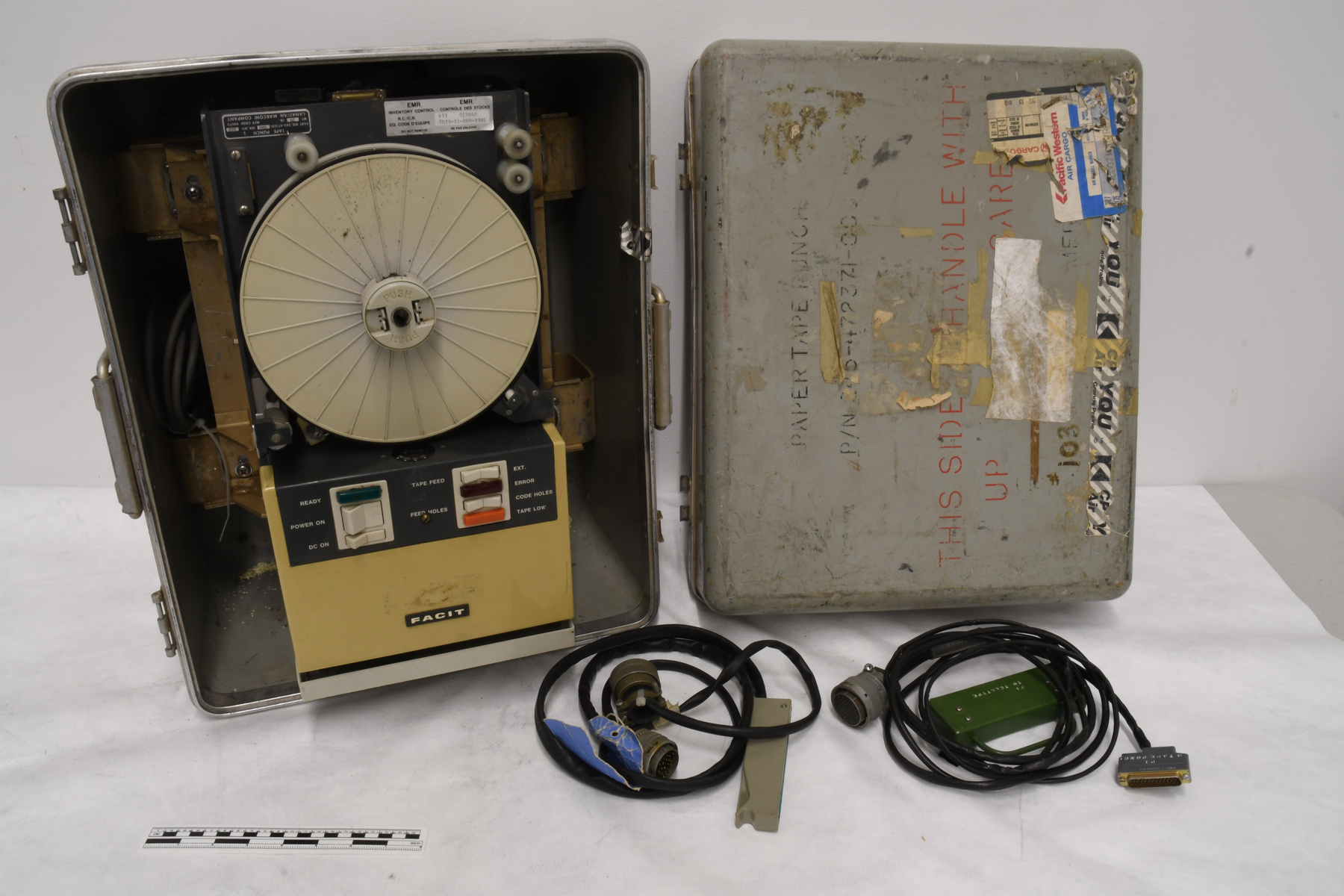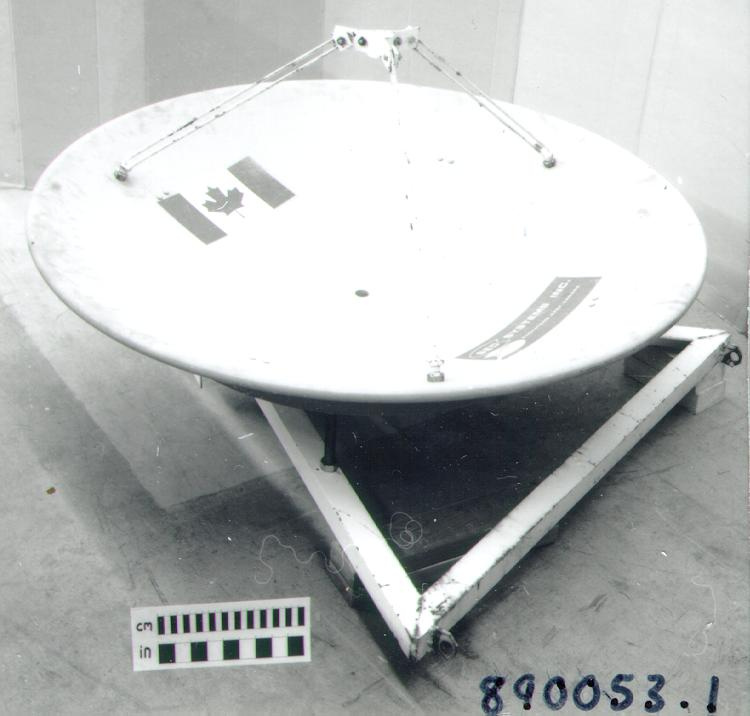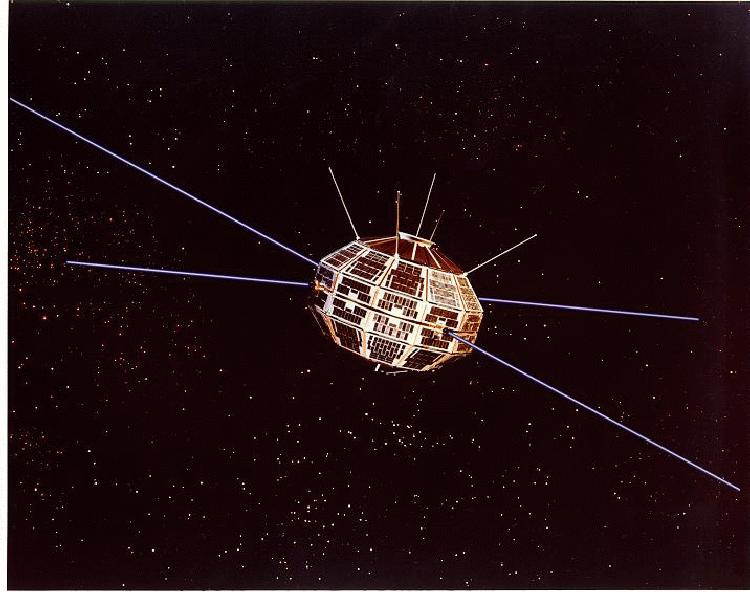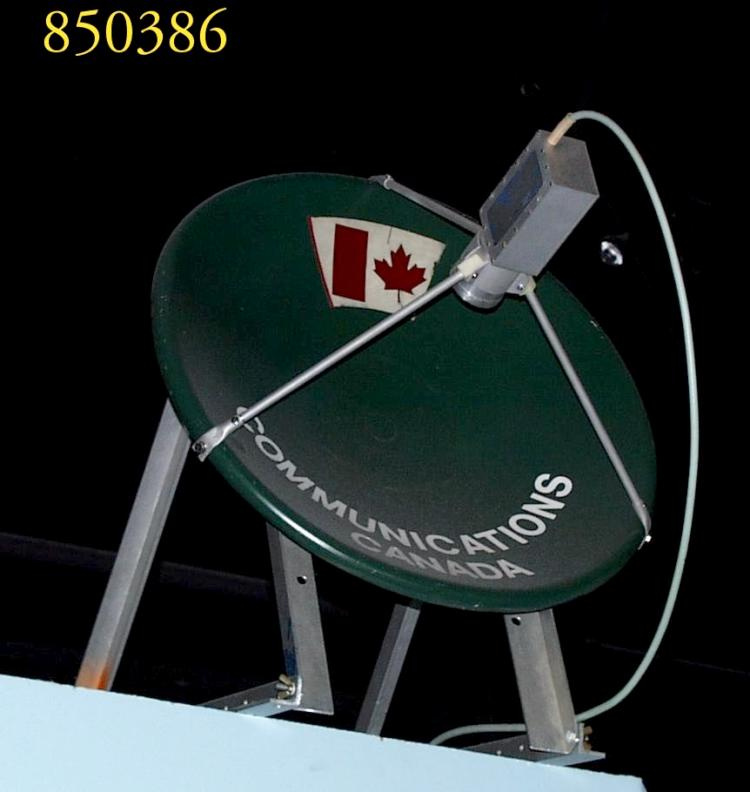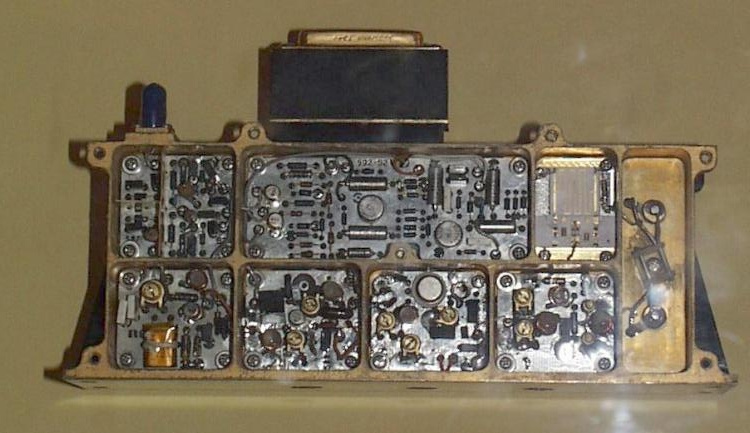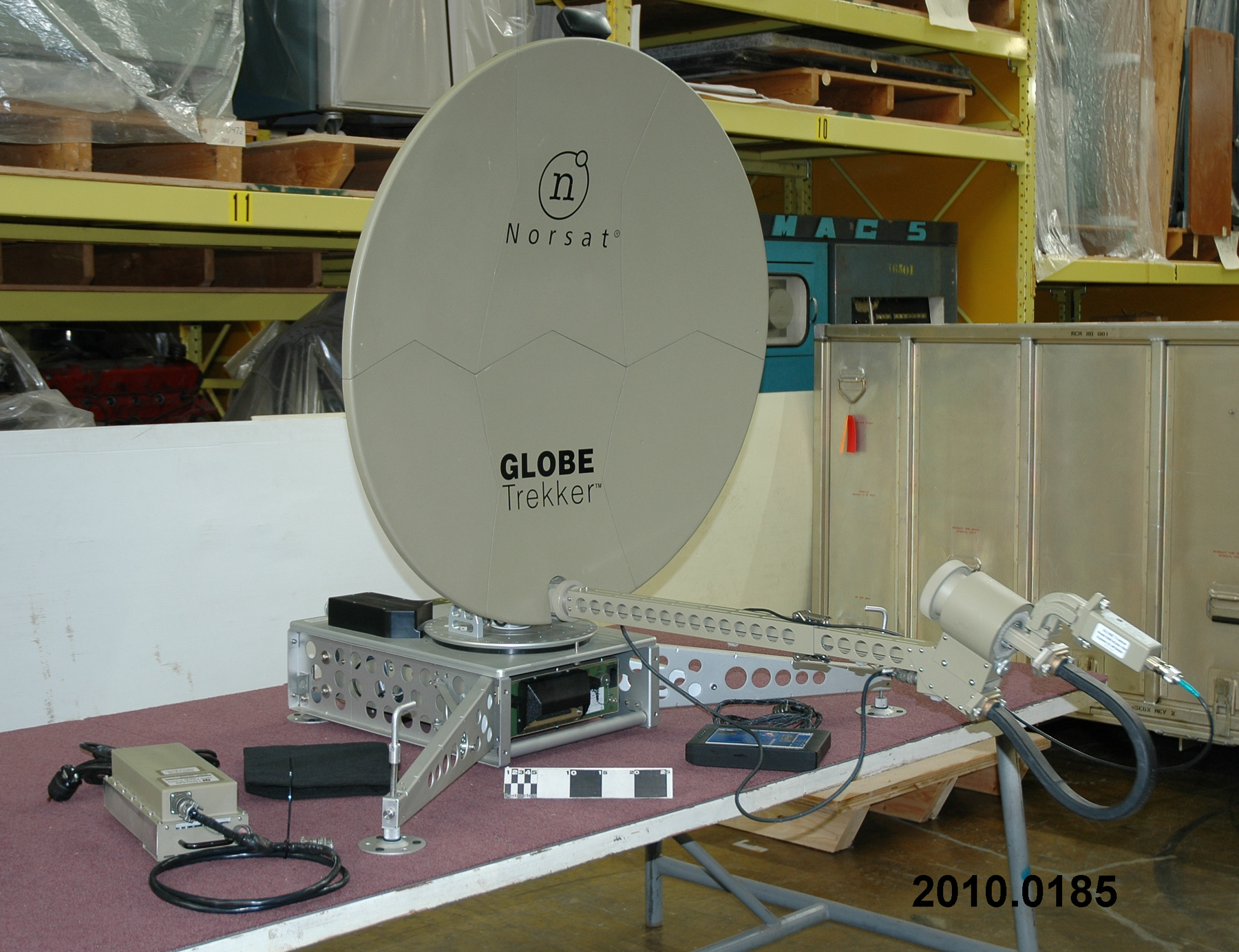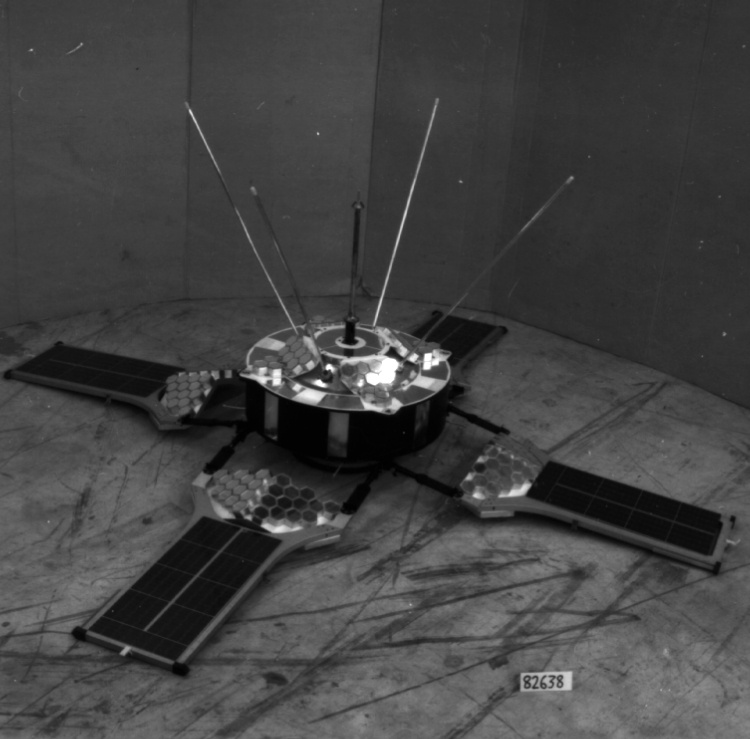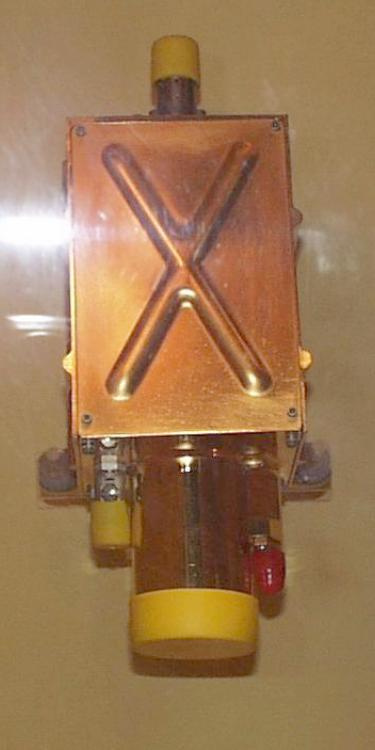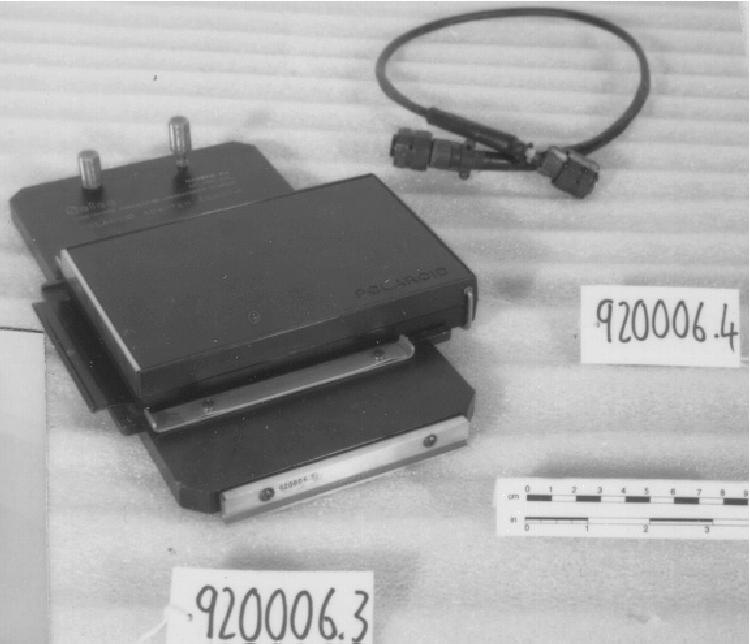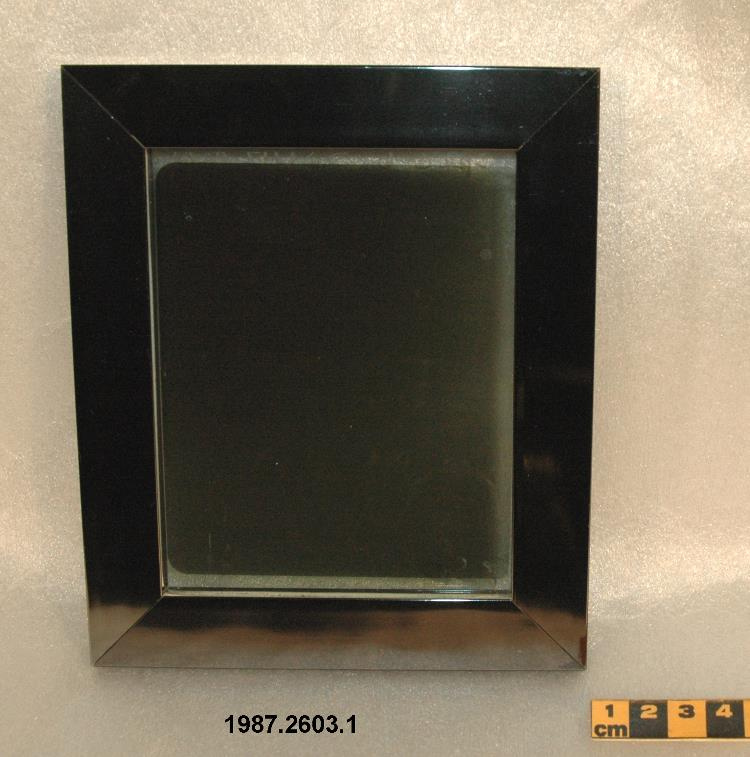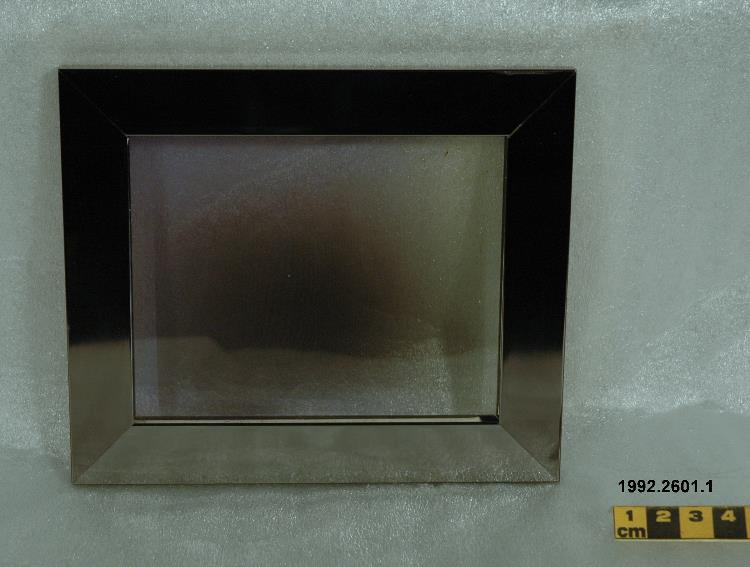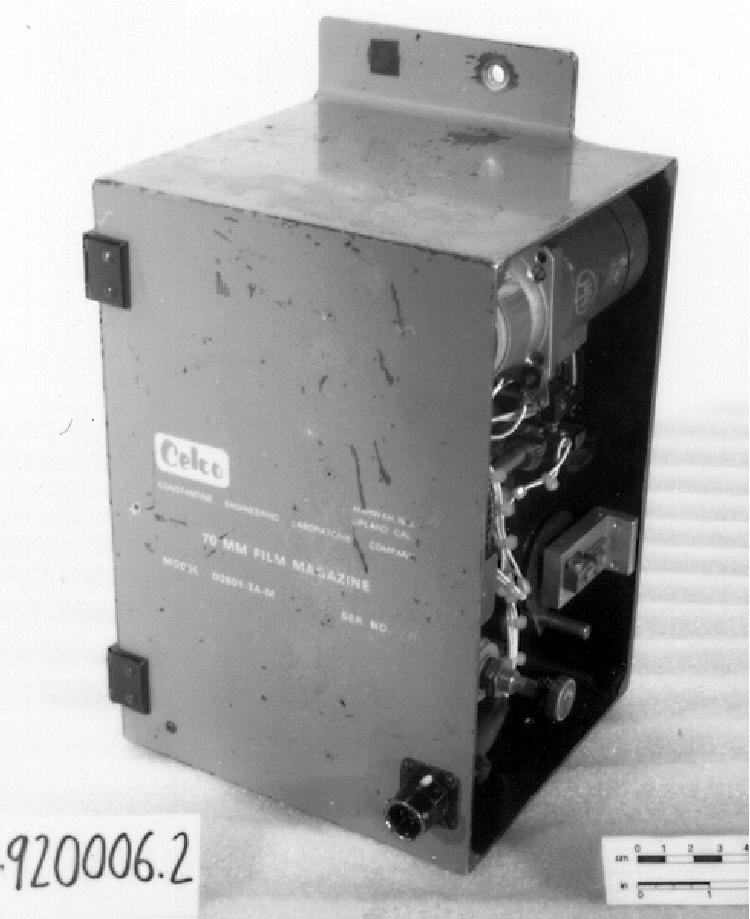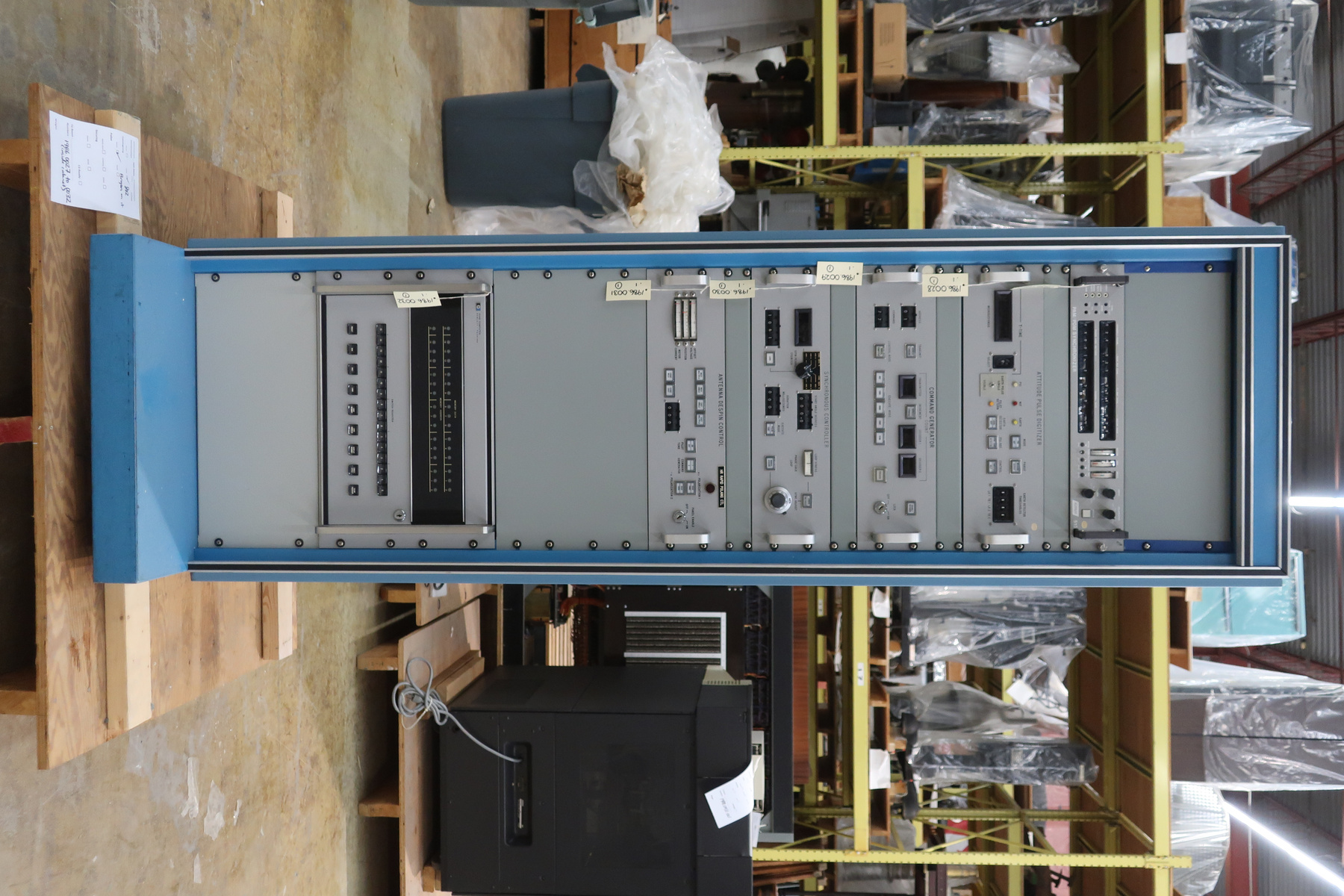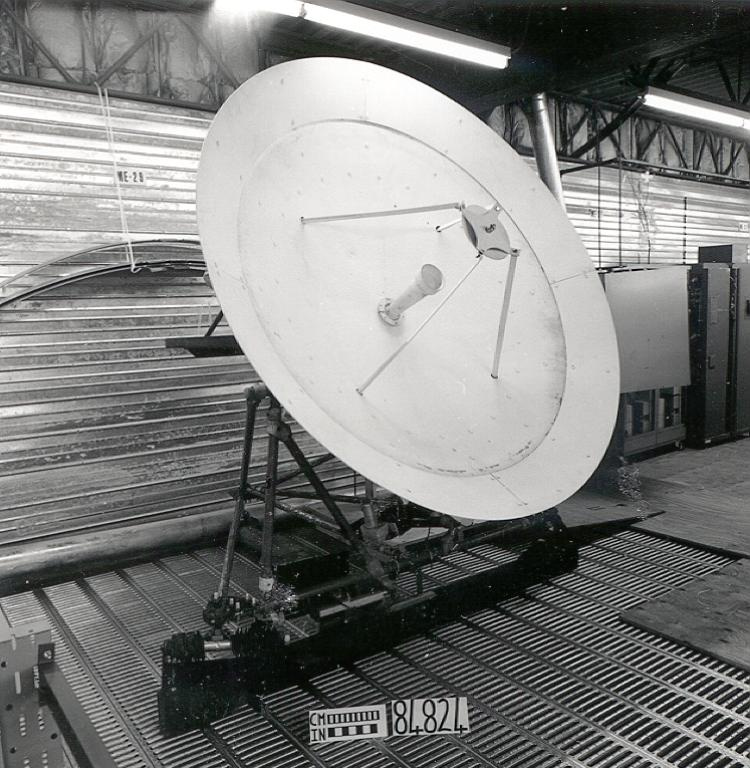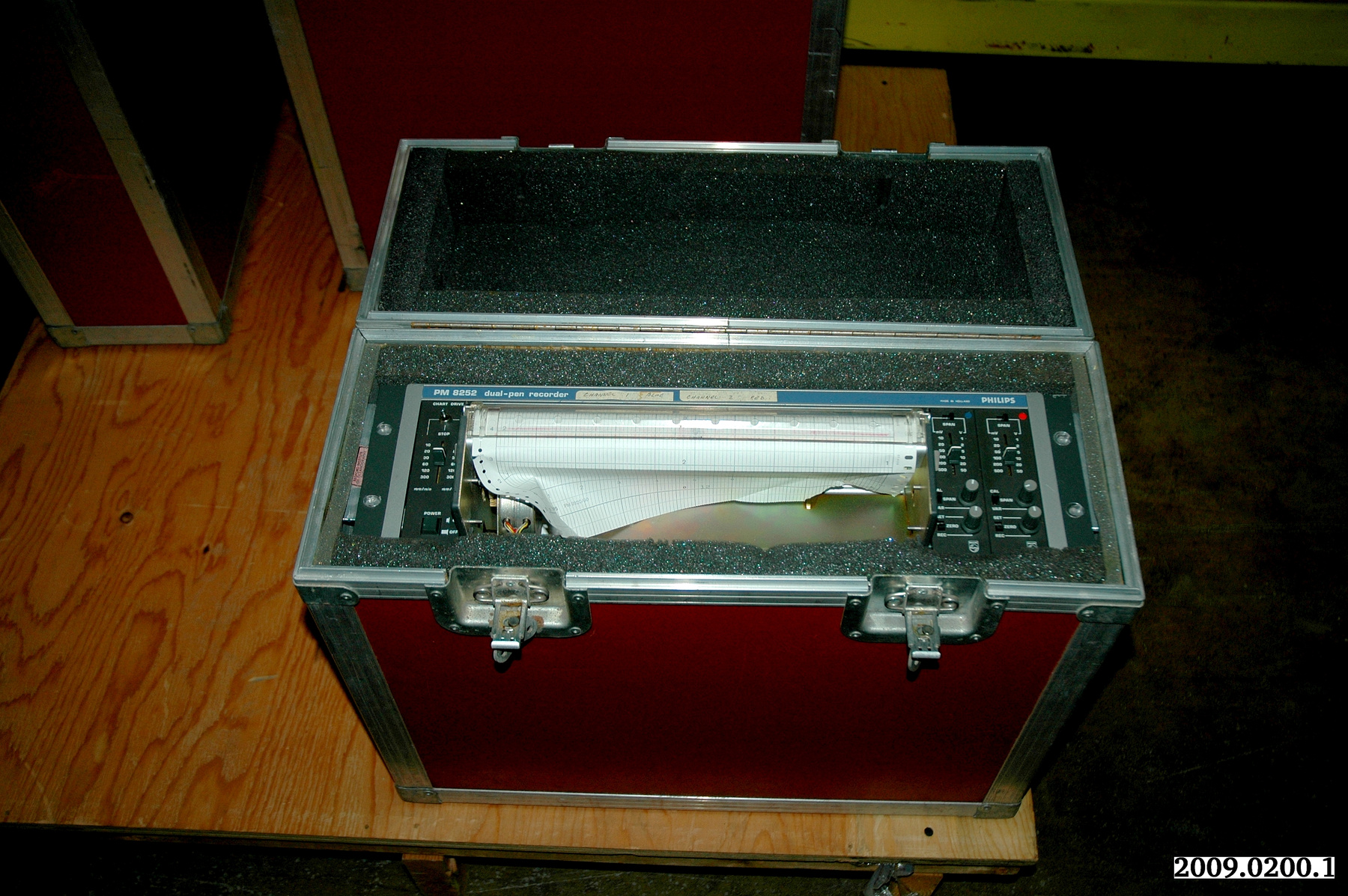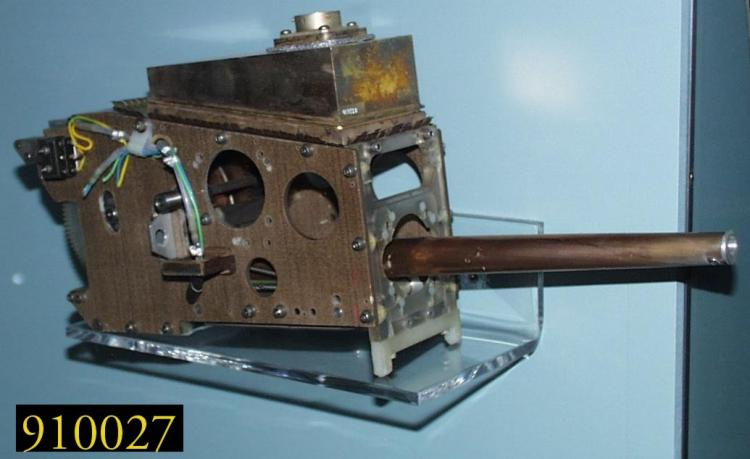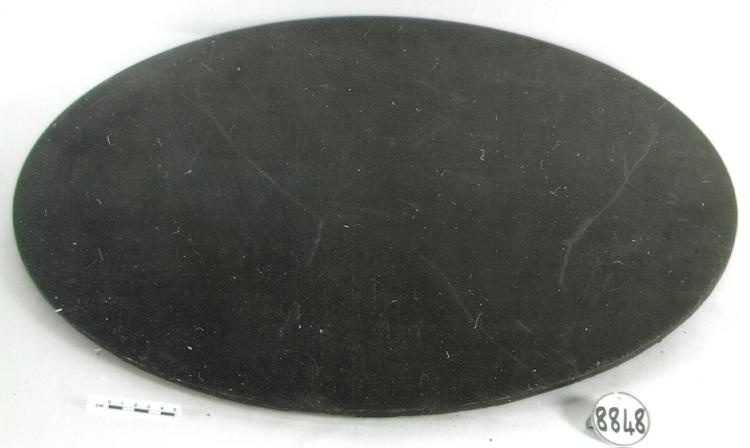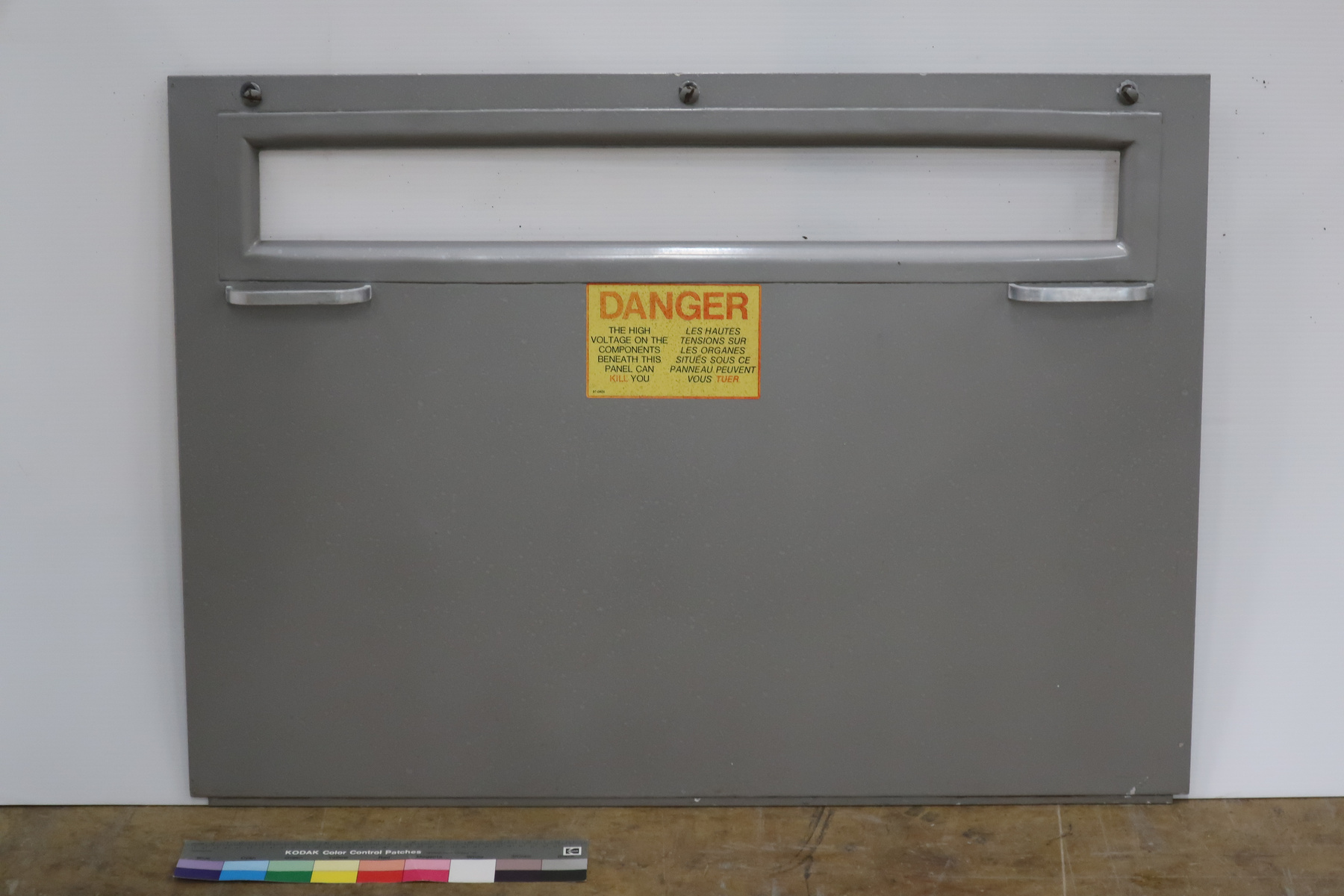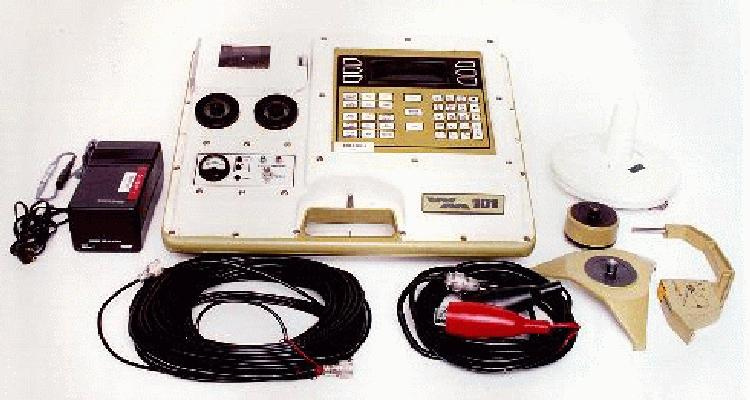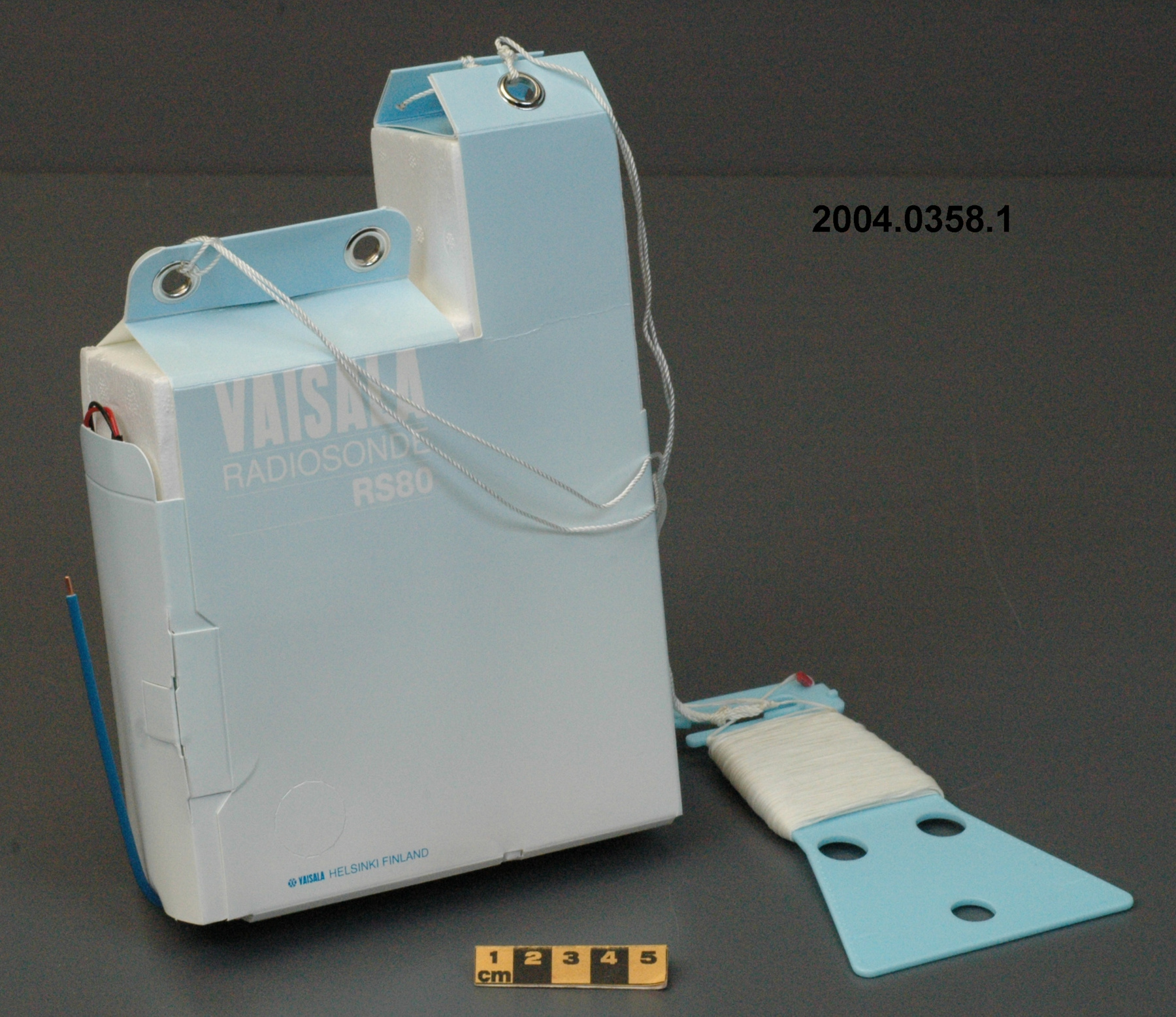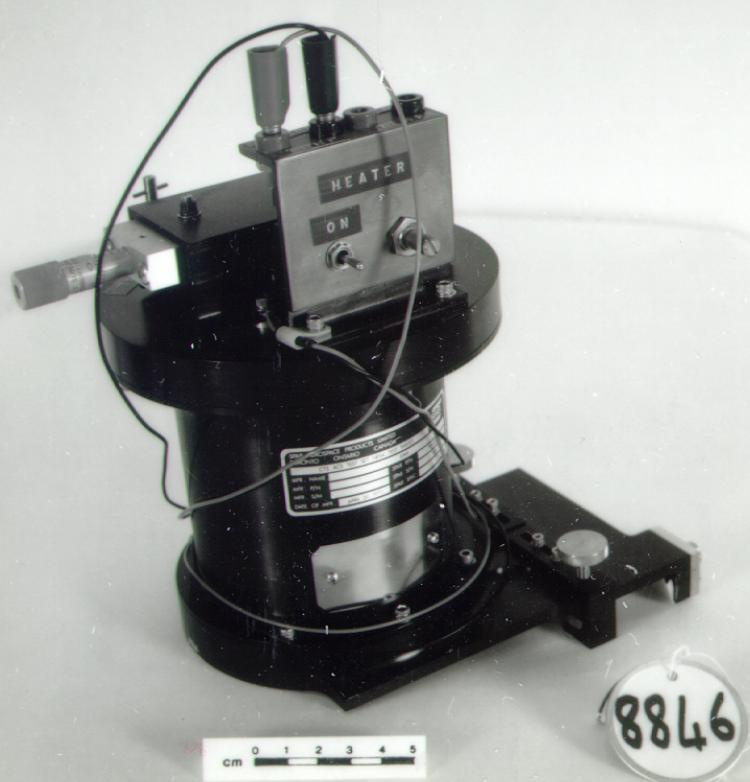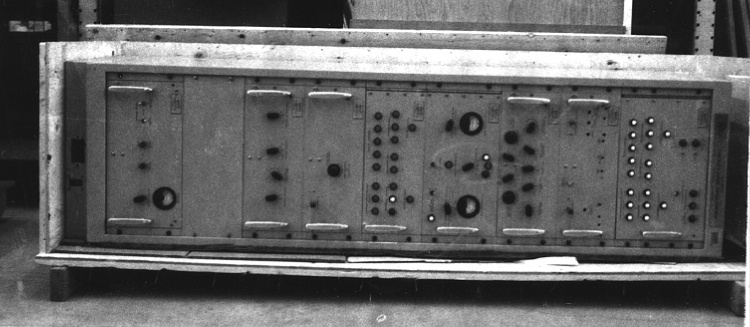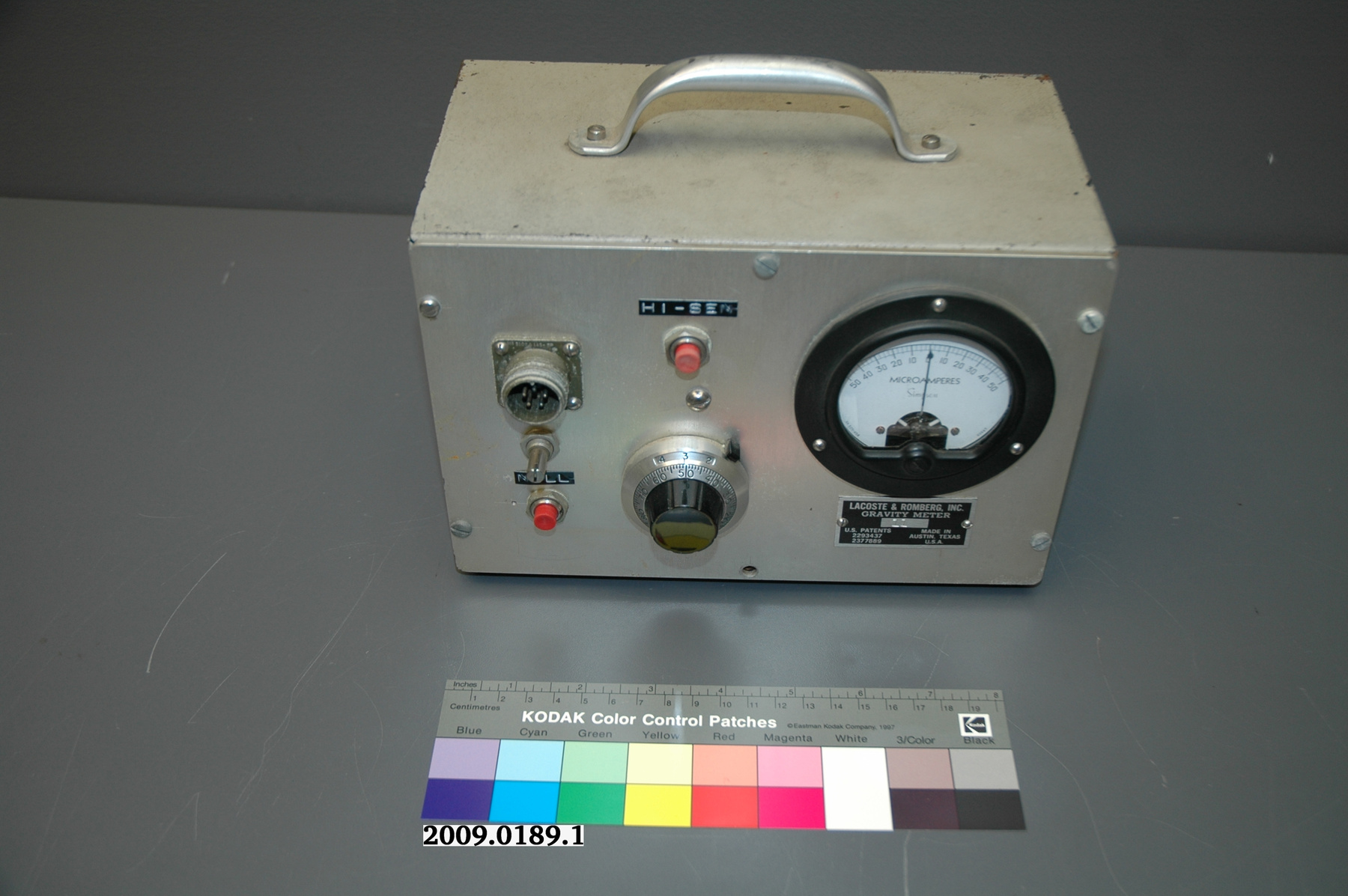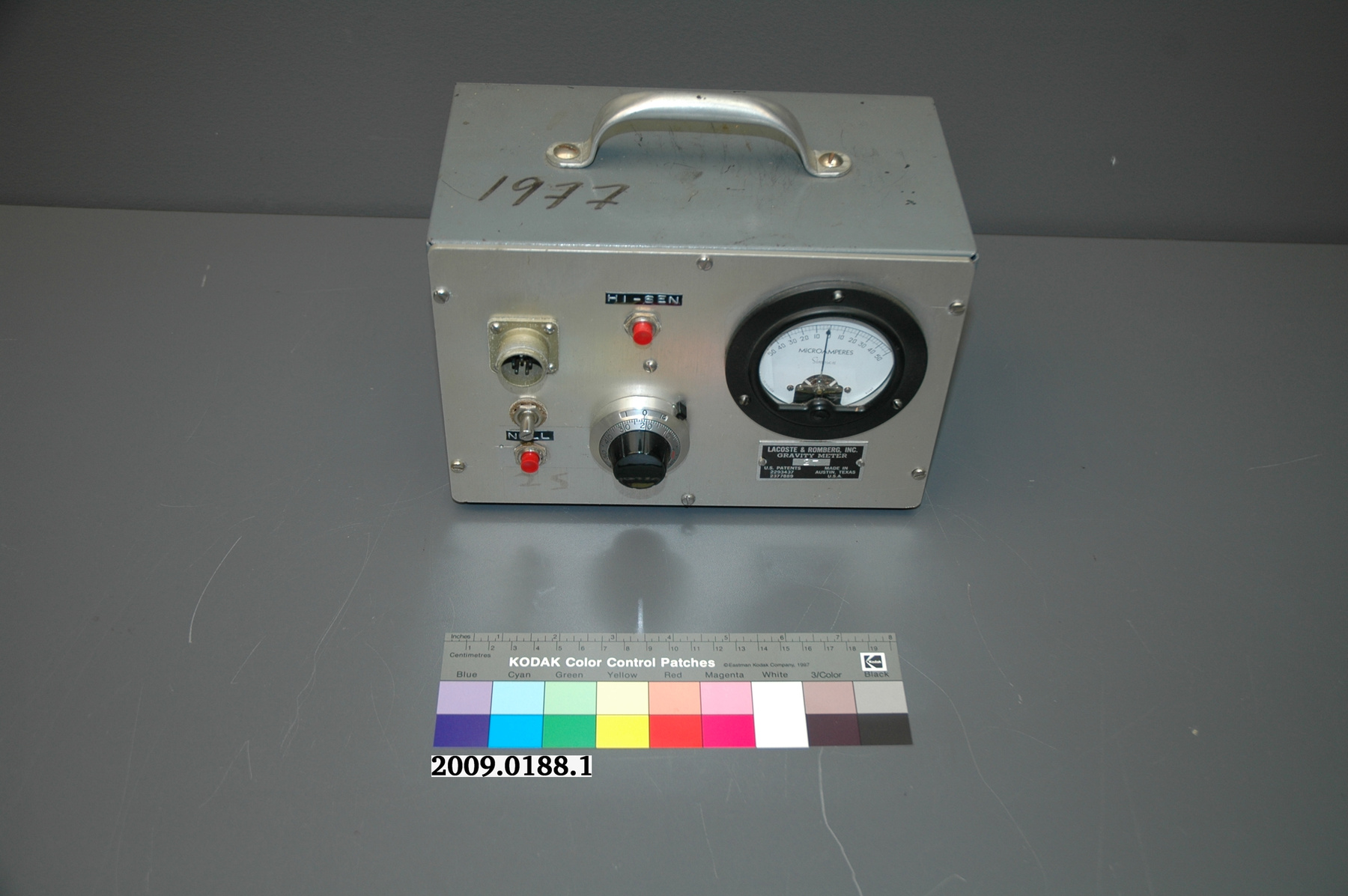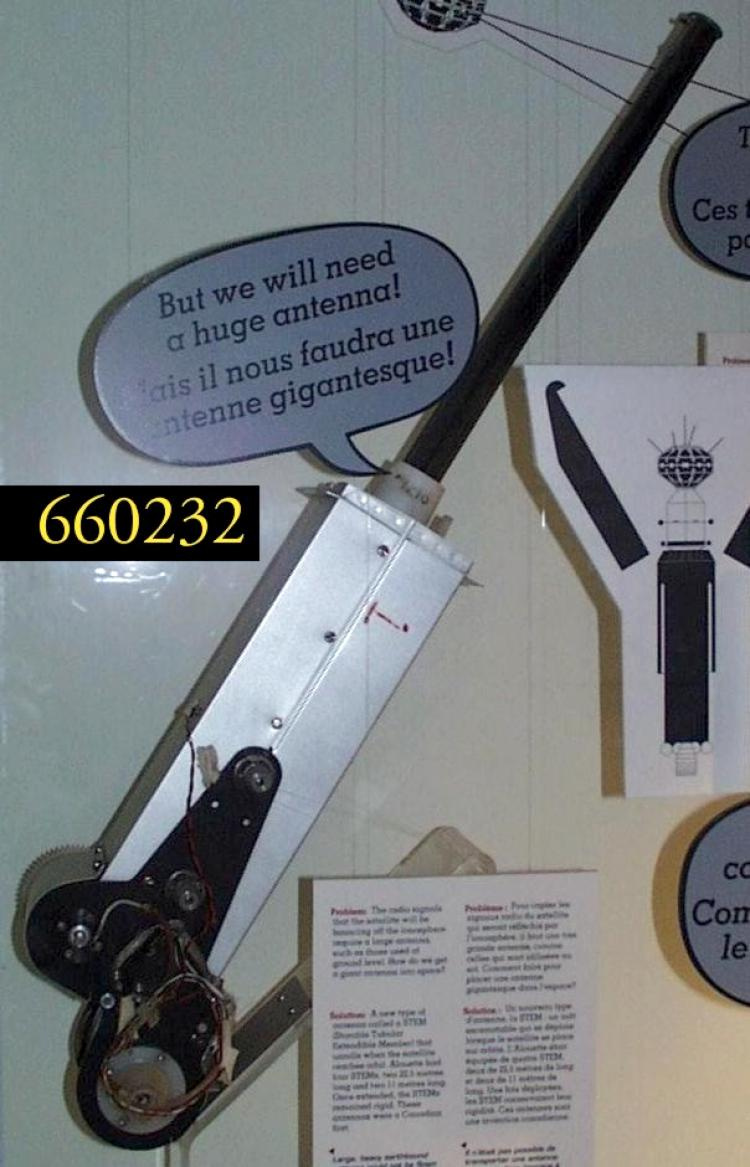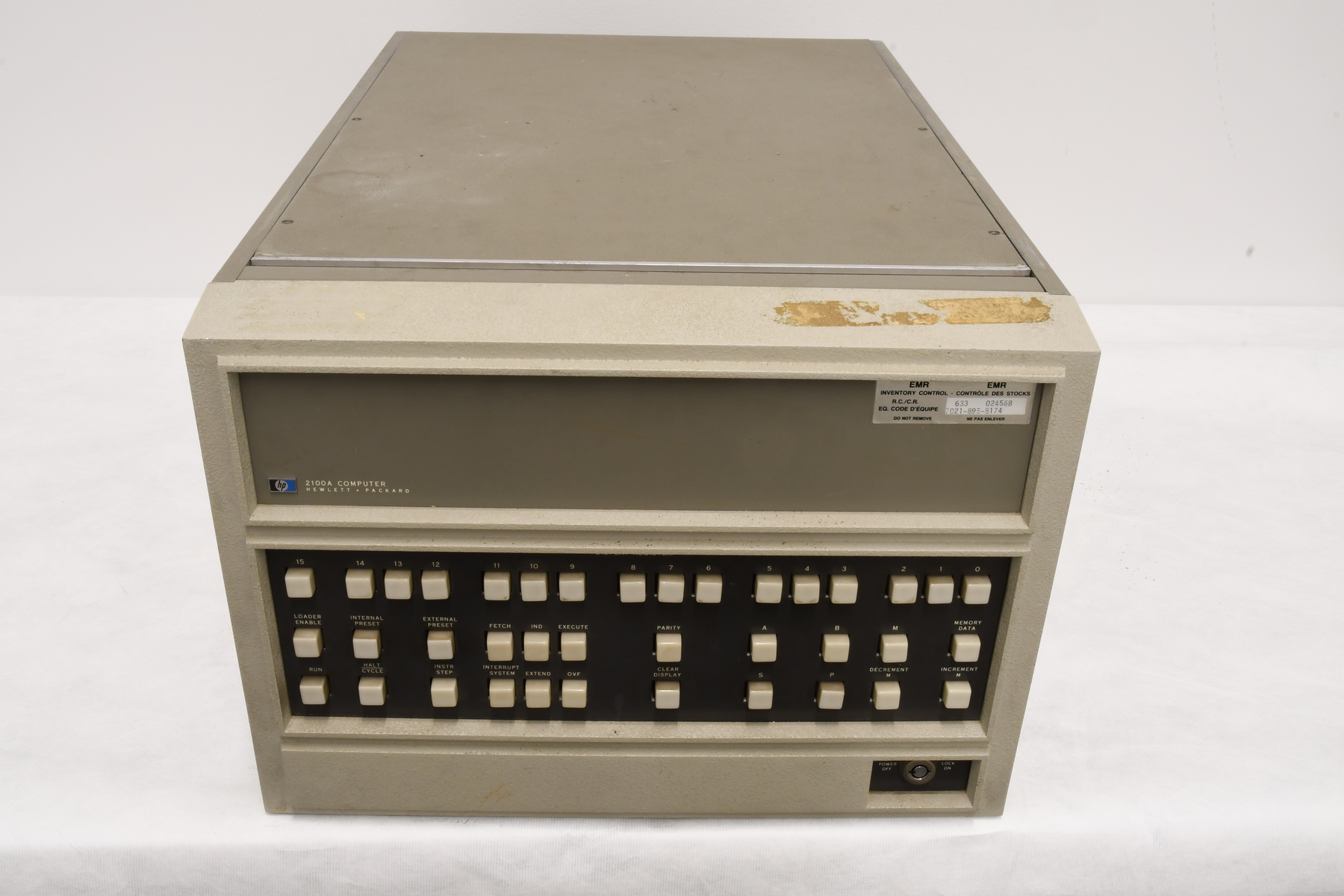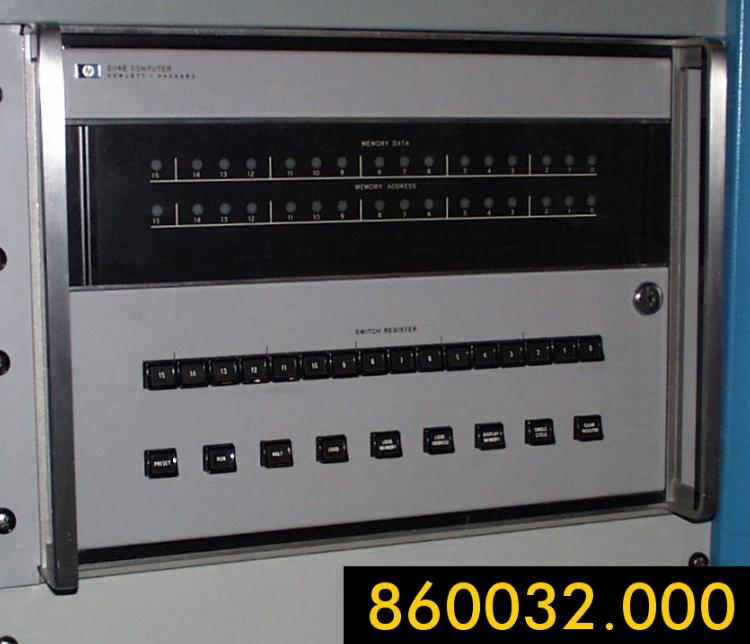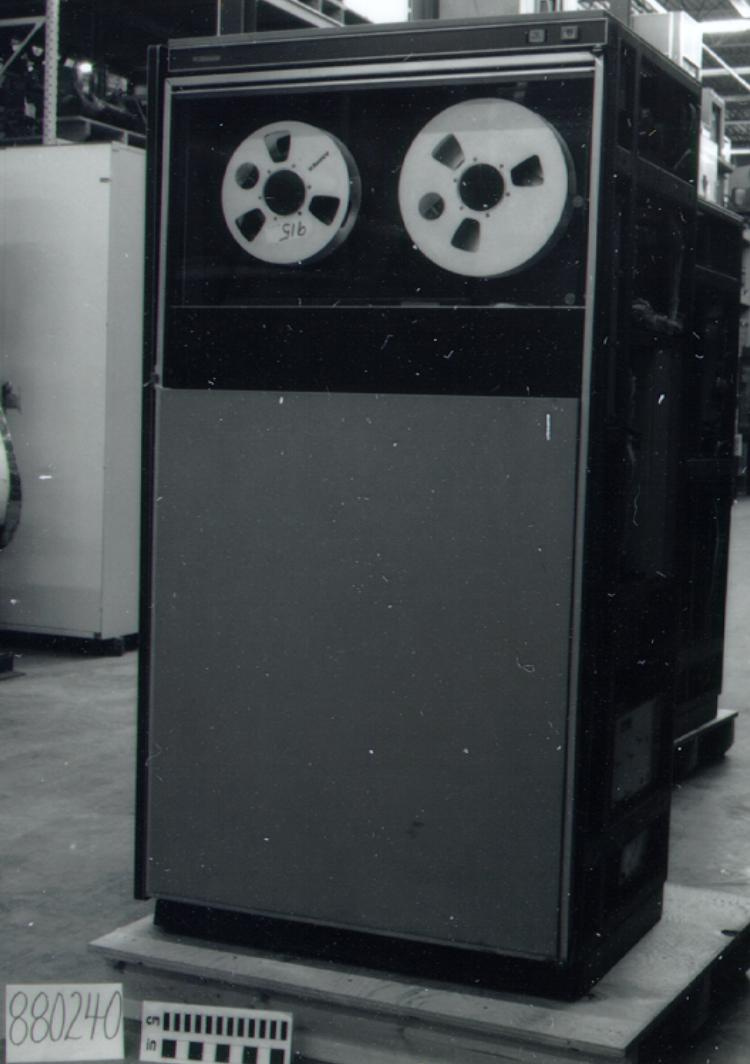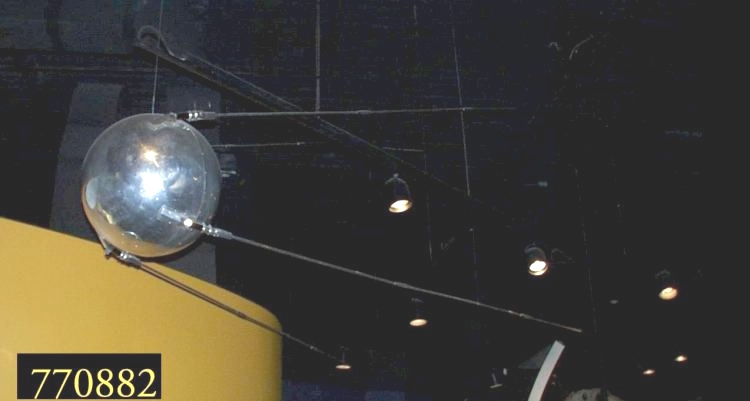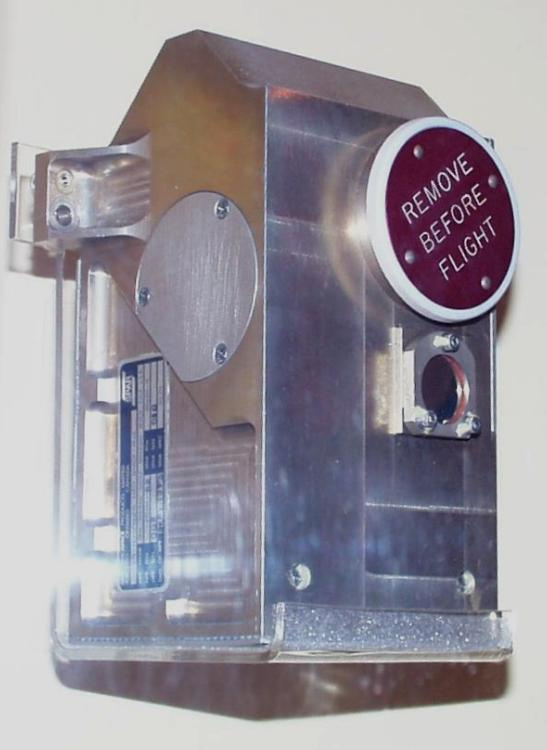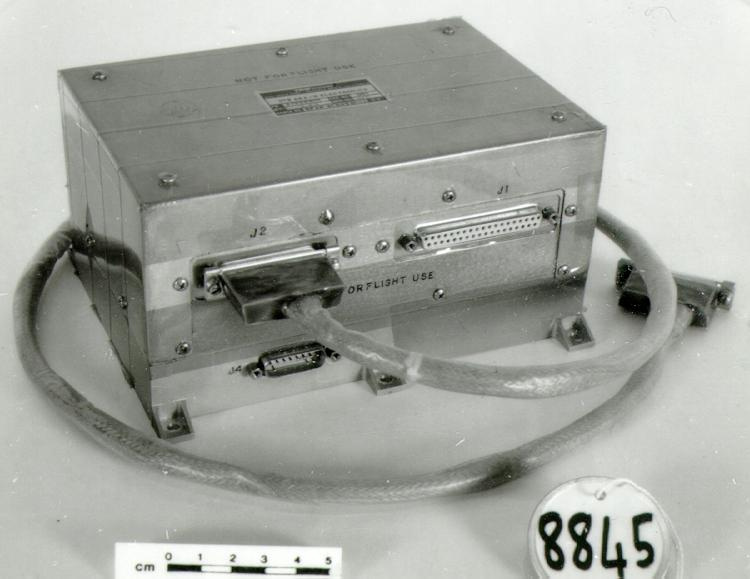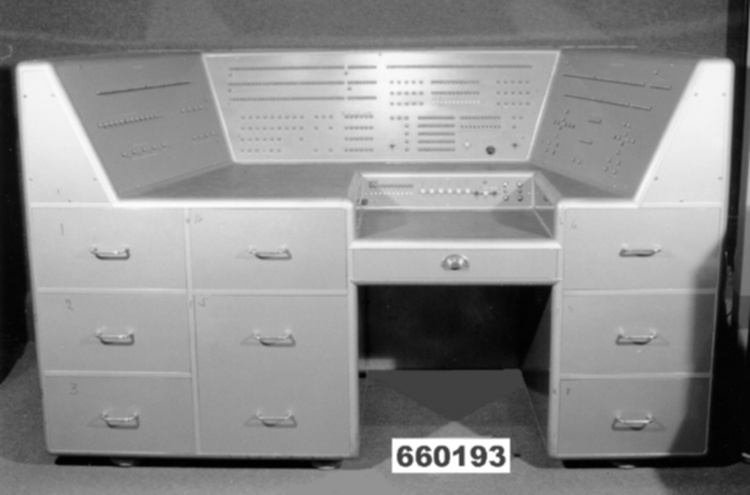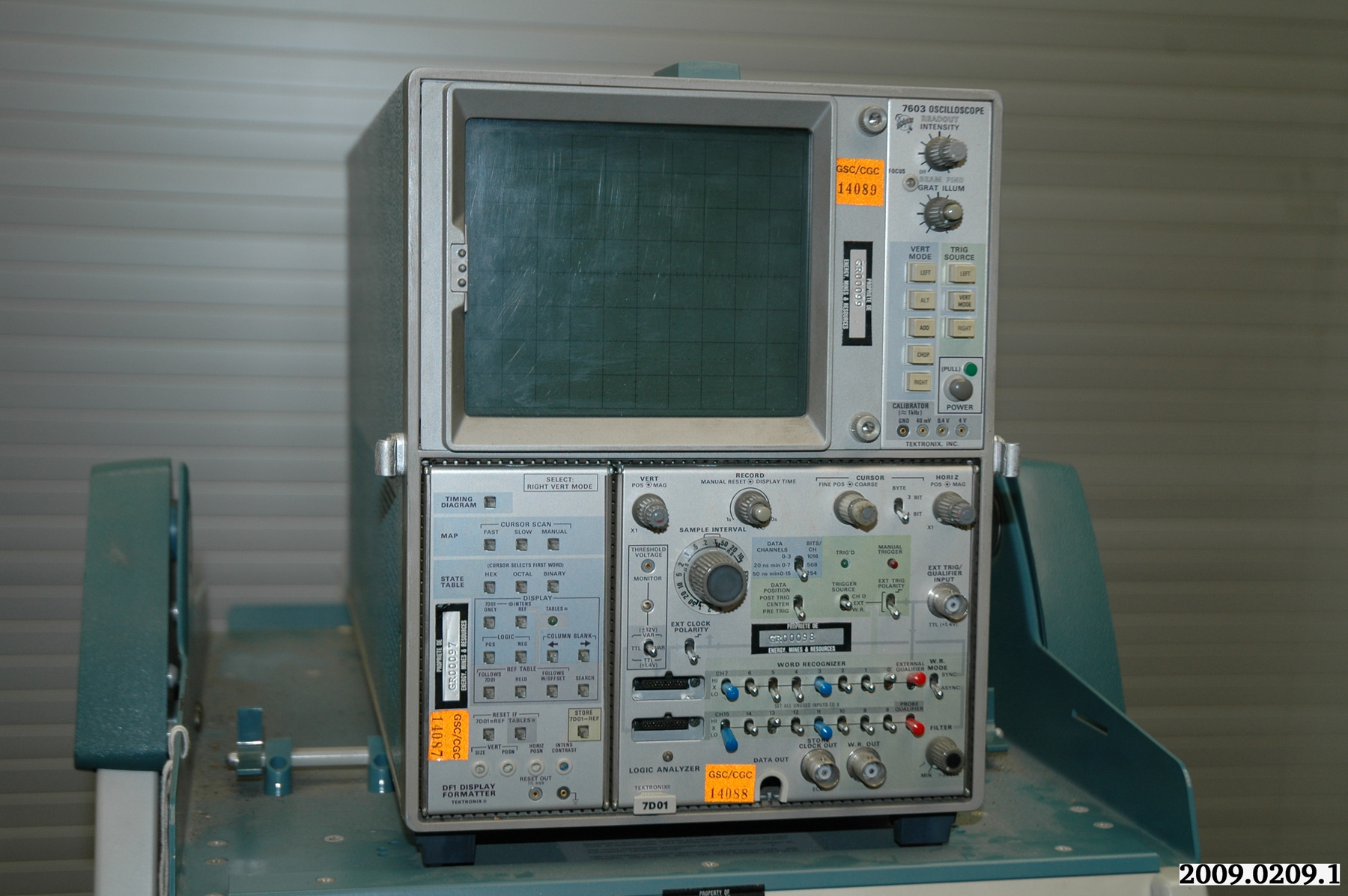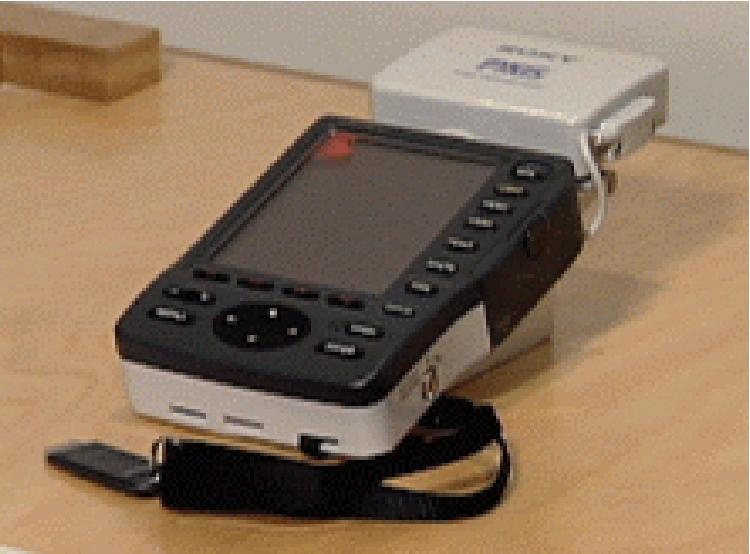Terminal, record
Use this image
Can I reuse this image without permission? Yes
Object images on the Ingenium Collection’s portal have the following Creative Commons license:
Copyright Ingenium / CC BY-NC-ND (Attribution-NonCommercial 4.0 International (CC BY-NC 4.0)
ATTRIBUTE THIS IMAGE
Ingenium,
2009.0161.001
Permalink:
Ingenium is releasing this image under the Creative Commons licensing framework, and encourages downloading and reuse for non-commercial purposes. Please acknowledge Ingenium and cite the artifact number.
DOWNLOAD IMAGEPURCHASE THIS IMAGE
This image is free for non-commercial use.
For commercial use, please consult our Reproduction Fees and contact us to purchase the image.
- OBJECT TYPE
- Work station/personal and game
- DATE
- 1990
- ARTIFACT NUMBER
- 2009.0161.001
- MANUFACTURER
- York University
- MODEL
- VLBI
- LOCATION
- Toronto, Ontario, Canada
More Information
General Information
- Serial #
- N/A
- Part Number
- 1
- Total Parts
- 3
- AKA
- N/A
- Patents
- N/A
- General Description
- Coated and uncoated metal, rubber power cord
Dimensions
Note: These reflect the general size for storage and are not necessarily representative of the object's true dimensions.
- Length
- 48.0 cm
- Width
- 31.0 cm
- Height
- 34.7 cm
- Thickness
- N/A
- Weight
- N/A
- Diameter
- N/A
- Volume
- N/A
Lexicon
- Group
- Exploration and Survey
- Category
- Measurement-position
- Sub-Category
- N/A
Manufacturer
- AKA
- University
- Country
- Canada
- State/Province
- Ontario
- City
- Toronto
Context
- Country
- Canada
- State/Province
- Unknown
- Period
- Purchased by NRCan in 01-01-1996
- Canada
-
The Canadian Geodetic Long Baseline Interferometry (CGLBI) research is Canada's representative to the International VLBI Service for Geodesy and Astrometry. Modern Geodesy relies on astronomical and space based techniques, namely Very Long Baseline Interferometry (VLBI), GPS (the Global Positioning System), SLR (Satellite Laser Ranging) and LLR (Lunar Laser Ranging). IAG commission VIII (International Coordination of Space Techniques for Geodesy and Geodynamics (CSTG)) discusses the different space techniques in its status report for 1996, and argues that "Only VLBI is capable of defining the Celestial Reference Frame, which serves as the inertial system in satellite geodesy. Long term stability of UT1 UTC and of precession/mutation can only be guaranteed by this technique." Their summary states: "It is clear from the scientific point of view that VLBI, Laser Ranging (SLR and LLR), and satellite microwave techniques are indispensable as contributors to space geodesy." The Canadian contribution to Geodetic VLBI is substantial. The Algonquin Radio Observatory is a leading site for Geodetic VLBI with a very long history of observations. Continued operation of the Yellowknife antenna is important for studies of the North American Plate. The Canadian developed S2 VLBI system is a complete system consisting of recording terminals, data acquisition systems, playback terminals and a correlator. - Function
-
Allowed the researchers to very accurately determine changes in the Earth and the Earth's place in space. - Technical
-
S2 DAS: This Canadian designed data acquisition system was adopted internationally to define the International Terrestrial Reference Frame (ITRF) a key element in mapping especially in the era of Global Positioning System satellites. The US system, in comparison, took 1 slice per frequency while the S2 only had 1 slice and skipped along the frequencies being scanned. This was much more efficient and technically a much simpler system but each system still cost $250,000. A Russian version uses yet another technique with slightly less stable time-base system, hence slightly less precise. The HP and Datum instruments were state-of-the-art when produced and had long term stability as a time keeper but were not as stable on the short term. Their roles in the system was to provide a very precise time record so that records from different observatories could be compared directly to determine the shifts in position of the continents and of the Earth in space. - Area Notes
-
Unknown
Details
- Markings
- Front of case, upper left corner reads: "ISTS [with logo]/ S2-RT/ VLBI RECORD TERMINAL"/ Label upper right corner reads: "GSD 0143"/ Label lower right corner reads: "CANADA [logo]"/ Left panel, labels lower left reads: "E002823" and "VERO/ [ill]/ 282-601425/ 1296"/ Back panel has markings for each computer slot/ Labels front of panel read: "OK[/]1Hz", "1Hz-REC", "1HZ-PB", "32 MHz", "50 Ohm Outputs"/
- Missing
- N/A
- Finish
- Black painted metal with metal hardware and black rubber electrical cord. White painted print upper left corner and red and white Canada label with Canadian flag logo affixed to bottom right. Top of instrument has perforated holes and side panel has a fewer perforated holes. Front bottom panel has a red on/off switch and three jacks. Back of instrument has cable connections.
- Decoration
- N/A
CITE THIS OBJECT
If you choose to share our information about this collection object, please cite:
York University, Terminal, record, 1990, Artifact no. 2009.0161, Ingenium – Canada’s Museums of Science and Innovation, http://collection.ingeniumcanada.org/en/item/2009.0161.001/
FEEDBACK
Submit a question or comment about this artifact.
More Like This
